In spring, we visited Japan again. Even though Japan was never really a place I dreamed of visiting before our friends moved to Tokyo and invited us to stay, what we experienced there was so intoxicating that we wanted to deepen that experience, or at least re-live it. Last time, we stayed with said friends in Tokyo, and then did a road trip by train around Kanazawa, Osaka, Kyoto, Nara and Kamakura, more or less the usual stops for a first-time traveler to Japan.
This year, we stayed with them in Tokyo again, but our road trip revolved around lesser known, or lesser visited places- we wanted to get to know Japan better. And even though the Japanese are the most polite people you can imagine, we learned that as farther away you move from tourist hot spots such as Tokyo or Kyoto, the friendlier and more curious the people are, more genuine their hospitality.
In the months preceding our trip, we religiously watched Japanese films (mostly everything there is to see from Hayao Miyazaki), read books by Japanese authors (I was never really a fan of poetry, but Matsuo Basho’s poetry resonated so well with my impressions of Japan), watched documentaries (Joanna Lumley’s Japan) and YouTube videos (we already knew about Peter Barakan’s Japanology, a quirky series where each episode tackles one aspect of Japanese culture, be it bento boxes, knives, ramen or cherry blossom viewing; but this time we also discovered InternationallyMe, a channel created by Angela, a young woman that travels around lesser-known regions of Japan, getting to know the people and the food, in a fun and genuine way). I also discovered Hello Sandwich, a blog and an Instagram profile created by Ebony Byzis, an Australian artist living in Japan and documenting her art and everyday life in all its colorfulness and quirkiness.
I read about Takayama in a guide- it said that it was a town situated in a beautiful mountain setting and that the train ride through the mountains was a reason enough to visit (I was already sold by that point), that it was known for its traditional wooden houses, sake breweries, and delicious apples. I found a good hostel, so we booked two nights in Takayama, as the first stop of our 10-day rod trip around the main Japanese Honshu island.
From Tokyo, we took a bullet train to Kanazawa once more, where we made a connection to Takayama. Cozy (and clean!) train, Bento boxes, green tea, and window views- traveling by train in Japan is already an experience of its own. During the ride from Kanazawa to Takayama we passed through villages, rice fields and green tea plantations at sunset, but by the time we entered the mountainous Hida region, the sun was already set and we didn’t get to see those beautiful mountain views a guide had promised, for now.
It was completely dark when we came to Takayama, and even though it wasn’t late in the evening, the streets looked empty. We could tell it was a place where tourists roam around in the day, but at the moment, everything was closed down. The air was fresher than in Tokyo, we could feel we were in the mountains. We had dinner at a lovely little eatery run by an elderly couple- they were complementing each other so naturally, barely a word being exchanged between them. The place was small, cozy, unusually quiet, almost as if we entered their home. All the other guests were tourists as well, but the food was regional and very tasty. We had Hida beef in a stew and thinly sliced pork sauteed with ginger and onions (I tried to recreate that dish at home just the other day, and it turned out delicious). There was, of course, rice as well, a soup, little plates with vegetables and to our surprise even a few slices of fresh Takayama apples. The lady of the house kept pouring us delicious green tea, ultimately leaving the teapot to help ourselves. We also ordered a bottle of sake, just because we got used to ordering it in Tokyo and ended up quite liking it (last time we were in Japan, we didn’t even try it, such a shame). It’s funny how I searched the Internet far and wide, but I can’t seem to find this restaurant anymore. It’s like it has disappeared from the face of the web. And we clearly remember it being no. 1 on Tripadvisor in March. Strange, and very Japanese anime mysterious.*
The next day, the streets were livelier, but luckily for us, the tourist groups only moved around the main sights. We decided to explore the town by bikes, with our first stop being the Jinya Mae Morning Market. We couldn’t miss having fresh apples for breakfast in Takayama. The market wasn’t visually spectacular- it’s an open-air market with stalls made of plastic tents, but the produce was quite interesting: local rice (No 1. in Japan, the sign said!), apples, root vegetables, different sorts of sauces and fermented vegetables that looked and smelled really good, but were sealed into plastic bags. I wasn’t ready to find out if the sauce would leak in my bag on our way back home, so we bought a kilo of colorful Fuji apples (those were the ones we liked the most after tasting a little slice of each sort). They really were one of the best apples we’ve ever tasted- crunchy, sweet and juicy. I decided to bring one home to my dad, after all, he is the biggest apple enthusiast I know (and the apple survived back to Croatia!). That was the beginning of our eating spree in Takayama. I wanted to try all the street foods and then some, the first one being mitarashi dango- sticky rice balls covered with soy sauce and grilled on a stall just on the corner of the market. They were sticky and salty, but nothing more.
Our next stop was Miyagawa morning market by the Miyagawa river. The food here was mostly cooked and ready to eat (Yay!), and everything smelled like coffee that was brewing on one of the stalls. We tried the creamiest, tastiest jar of homemade pudding with sakura (cherry blossom) liquor there, made and sold by another husband and wife duo that offered us a seat and a little talk. They asked us where we were from and when we said Croatia, they shouted “Aaa Kuroachia, Cro Cop, Cro Cop!!” enthusiastically, some fighting moves included. (To explain to my international readers, Mirko Cro Cop Filipović was a very successful Croatian K-1 fighter, especially popular in Japan). They gave each other high fives when they (quite early) sold everything for that day, and we promised to be there again the next day.
We drove our bikes down the Miyagawa river, then through a cute, quiet residential neighborhood by the canal, with a plan to visit a shrine in the woods, on the edge of the town. Even though the shaded forest path looked beautiful, we passed up since we were on bikes and the path looked quite steep. We went back to town for a late breakfast in a cafe that looked neat and cozy and that I noticed while visiting the first market. On our way there, we bought a Hida Beef steamed bun (just because we wanted to try all the street foods in Takayama), another one of local delicacies.
In the cute cafe, there was no one except for the owners and their friend that came for coffee and newspapers. As already usual in Japan, the owners (again wife and husband duo) were friendly and unobtrusively chatty, so we found out that they were both retired and decided to open a cafe about a year ago. The husband was an architect and decorated the place elegantly and cozy, they were passionate about cooking, they were selling their own pickled cucumbers and tomato juice and made us the tastiest french toast filled with vanilla cream and a regular toast with butter, potato salad, pickles and yogurt with blueberries. We sat on a long wooden table by the window, observing the passers-by and a garden in front of the cafe, savoring the toasts and the tea from beautiful cups while jazz was playing in the back. I really liked the interior with its modern wooden furniture, red Turkish rug on the floor, paintings of vegetables on the walls. We agreed that it was our favorite cafe in Japan, and we wanted to come back the next day for breakfast, but they told us they were going away for the weekend. And indeed, while we were driving by in the afternoon, they were packing their bags in the car, merrily waving to us. The name of the cafe was Kisse Kisse.
When we finally left, we decided to take a walk down the busy and touristy Sanmachi Suji street with traditional wooden houses, shops, sake breweries, and Japanese street food. There were a million tourists there, we didn’t like the souvenir shops but we did like a dessert made out of rice, called daifuku and filled with the entire mandarine (it could be also filled with strawberries, red bean paste etc.). I tried a rice cracker too, coated with soy sauce and grilled on a charcoal grill that reminded me of a regular rice cracker that I refer to as Styrofoam, but this was better.
We continued down the river in a direction of a park on the hill, stopping at the Sakurayama Hachimangu Shrine, overlooking the town. This shrine was surrounded by the woods as well, beautiful tall trees framing the wooden structures of the shrine. Each time I write a post about Japan I learn something new, for example, that little white slips of paper, tied on a rope between two trees (and that I found so photogenic in this shrine), are called omikuji, and are the fortunes you buy at the shrine. If you draw a good fortune out of the bunch, you take it home with you, but if you draw a bad fortune, then you leave it at the shrine.
After a few trials and errors, we found a steep road that leads to the Kitayama park on the hill, and the first thing we noticed when we eventually got there was a peculiar cafe overlooking the town and the mountains in the back, looking like it came straight out of Miyazaki’s movie. Inside, melancholic French music was playing, afternoon sun was casting long shadows on vintage wooden furniture and peculiar details: stuffed animals (one of them being Pingu, I loved that series as a kid!), plants adorned with little bird dolls, a pianino, and a guitar. In the bathroom, traditional Japanese toilet had a broken tank, and a little watering can stood in the corner for flushing.
We were slowly pulled into the atmosphere, drinking tea from white porcelain cups and observing the town getting ready for sleep. Only one other guest was there, a young Japanese man lost in his thoughts, with a giant DSLR in his hands. Another place that we didn’t want to leave, but we still wanted to catch the sunset from the park just above the cafe. The park was a pretty small and unremarkable one, still in its desserted wintry attire- only one plant with bright red berries was popping out of the winter monochromacy. The hazy sunset over the town has kept up with the melancholic atmosphere. We went to the cafe once more, for me to write down its name- Ichii.
It was already dark and cold on our way back, but we still stopped to take photos of the rooftops, gardens and cute K-cars. Touristy Sanmachi Suji street was emptied out, so we entered one of the sake breweries to buy sake without the crowds. For dinner, we had to revisit the place from the day before (with the elderly couple that does not speak much). This time, they were happy to see us again, and they thanked us for coming back. They asked where were we heading next, and when we answered Nagoya, they longingly said that the cherry blossoms had already started there. This time, we sat on the tatami- I had thinly sliced pork with onions and ginger (Luka’s dish from the day before), and Luka had Hida beef in peanut sauce served on a magnolia leaf, a traditional dish from the region. That tender beef was one of the best Japanese dishes we’ve tried.
Later in the evening, while drinking sake in the lobby of our hostel, a group of three Spaniards (two guys and a girl) came down, each of them writing their own journal and browsing their smartphones. Luka offered them some sake, which changed the atmosphere from each of us being isolated in our own thoughts and phones to a fun evening where we talked about travels in Japan and elsewhere. Now I understand why people love staying at hostels.
The next morning, before leaving for Nagoya, we decided to browse a bit more around the markets, to buy more apples, to have delicious puddings at the Miyagawa market once more. They had custard cream that day, and we chatted with the owners a bit more, taking inevitable selfies (peace signs included). There was a stall selling takoyaki (batter balls filled with octopus), with the smiliest cook and a bench overlooking the river. They were piping hot, but delicious. While we squeezed through the crowds of the market, a group of Japanese school children surrounded us, asking something.
A couple of moments later, when we finally understood that they were speaking English, we were answering where we were from (we had to stick a pink star to mark our country on their map of Europe), which Japanese dish we liked the most (I chose Hida beef- they were very pleased, Luka chose ramen), what our names were (they wrote our names down in Japanese on a piece of paper I still keep in my wallet). We were overloaded by cuteness of the situation but weren’t quite sure what was going on until their teacher approached us and explained that as a part of their English class she encourages them to talk to foreigners to make themselves more familiar and relaxed with the language. I asked the boy who was filling in the poll if he liked Hida beef too, to which he answered: “Hida beef, yes!”. We posed for photos with the entire group, and before we said our goodbyes, one of the boys showed us some of his juggling skills.
As our last street food dish in Takayama, we bought two sweet potato-filled pastries in the shape of a fish, and left for a walk in the Shiroyama park, on another hill. This park is more of a forest, with vegetation so different from what we are used to in Europe- tall trees resembling something between a pine and a cedar and wood floor covered in fern. My problem were the clouds of pollen visibly falling down from the trees, and since I am quite allergic, we only took a short walk and left for the train station. In any case, we had a train to Nagoya to catch.
The train ride was beautiful, and this time we got to see the rivers, the woods, the bamboo groves and the villages of Hida, while drinking sake and nibbling on some very strange cheese and salami packed in a plastic bag, called “the Italian mix”. :D During that ride, I wrote down my impressions of Takayama in a travel journal (a thing I haven’t done in a long time), and they took me straight back now that I read them preparing for this post, reminding me of some details I have already forgot. I wrote down impressions of Nagoya later too, but didn’t find time to write about all that followed, which is a shame. Tell me, do you keep travel journal regularly? And do you read it later?
*Update: I managed to find this restaurant on Google Maps, but couldn’t read the name since it is written in Japanese. Then, I found my travel journal and found out that the place is called Kotaro, and when I googled it up, I found out that it was closed- the elderly couple retired after 30 years of running this shop.
I’m writing mostly on Substack now. If you’d like to receive a weekly newsletter on slow travel and slow food, please consider subscribing to The Mint Story Substack.
Thanks for reading,
Anja
Pin it for later!



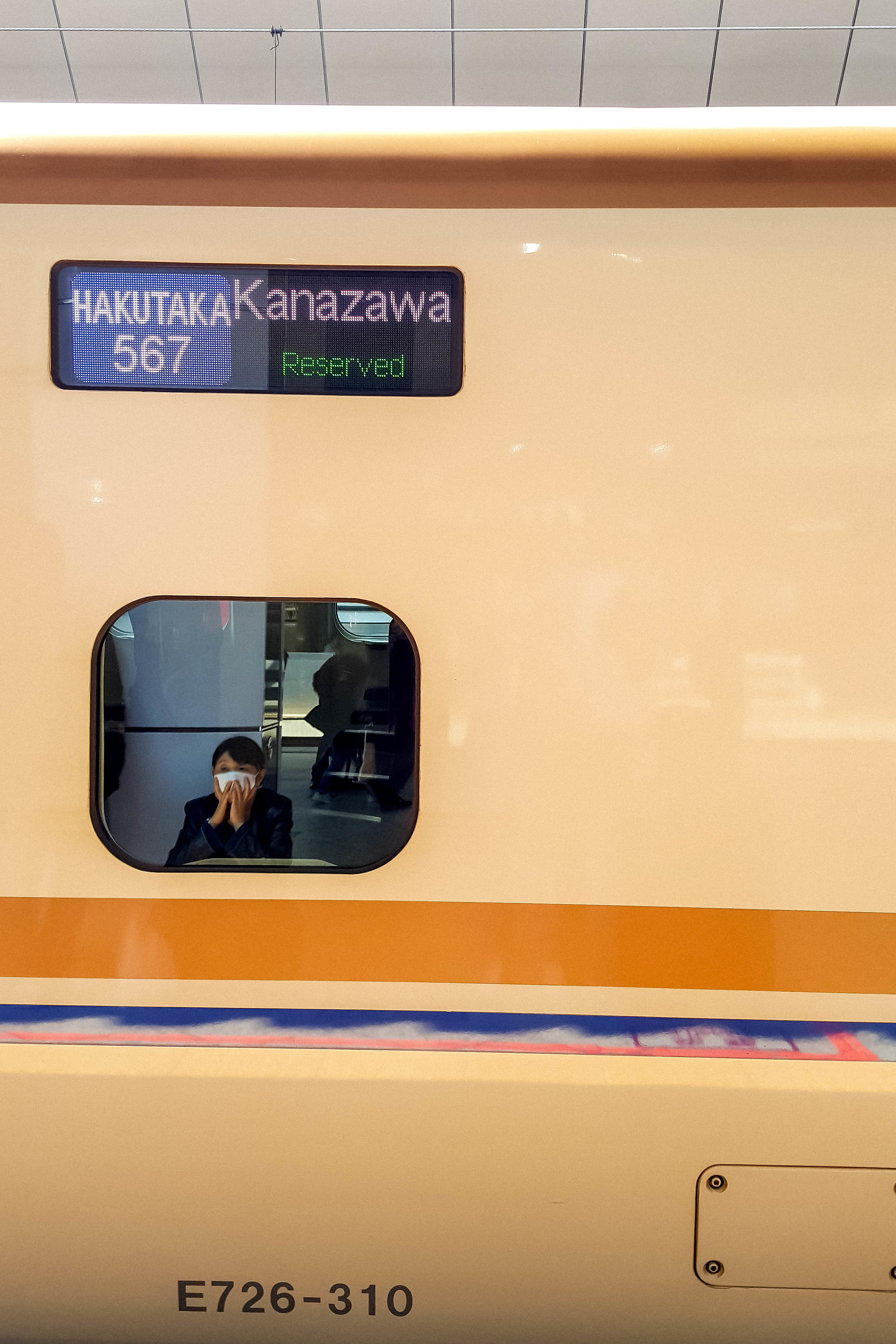

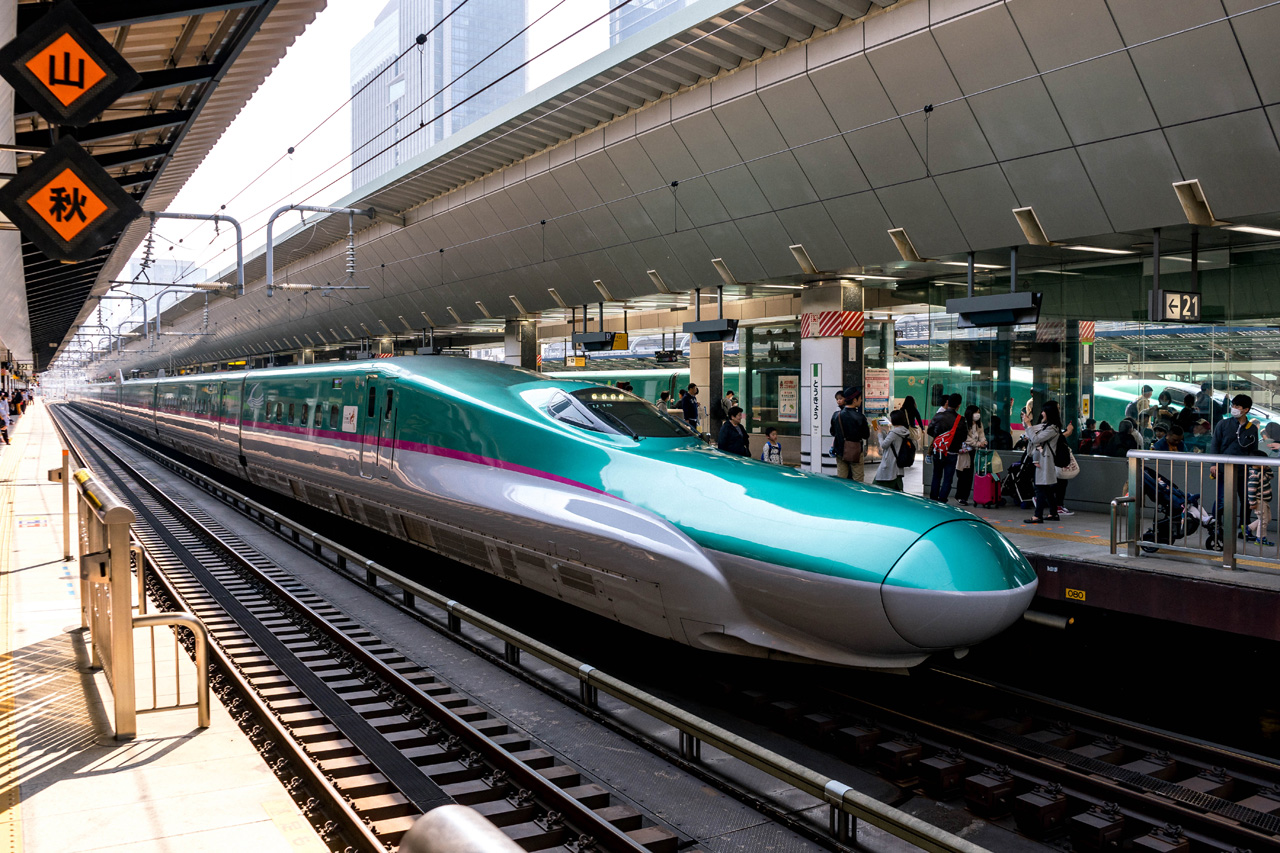
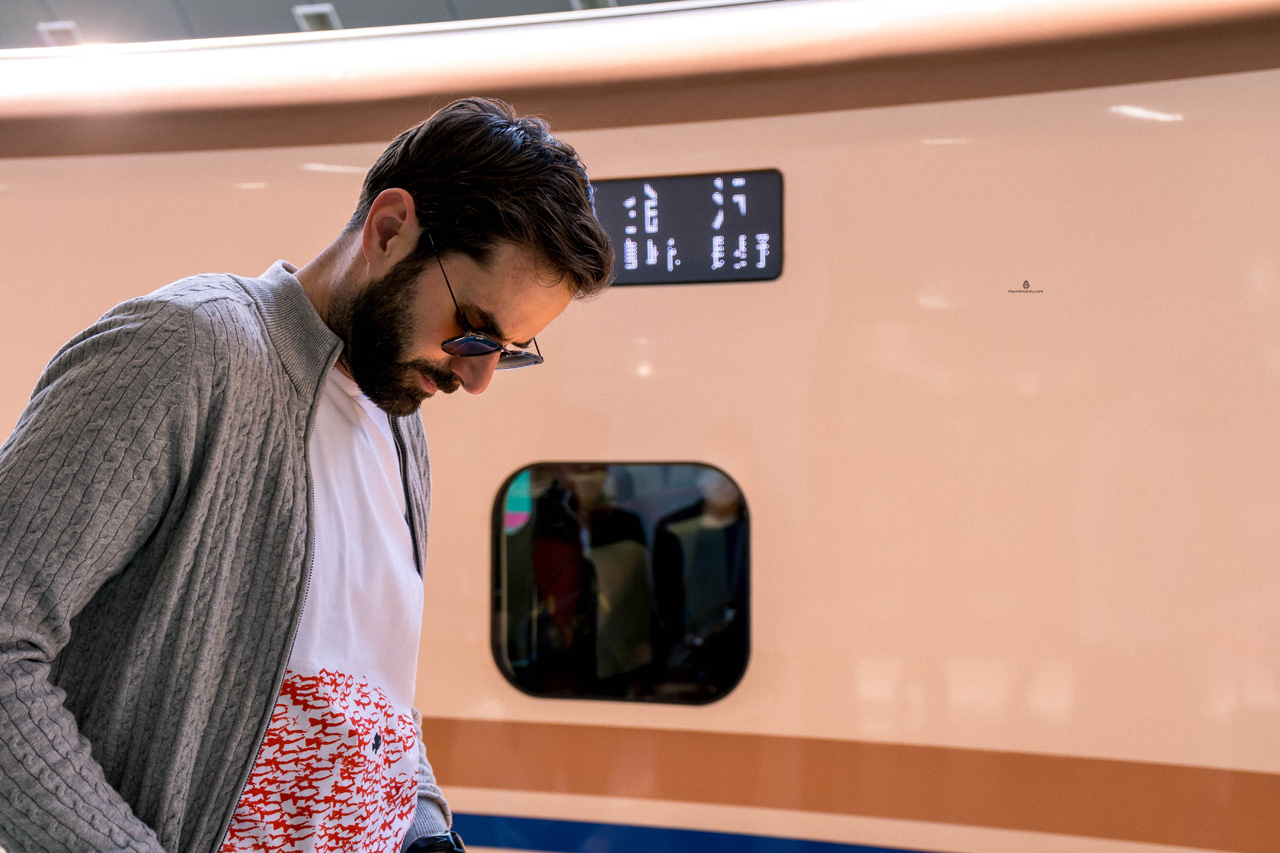
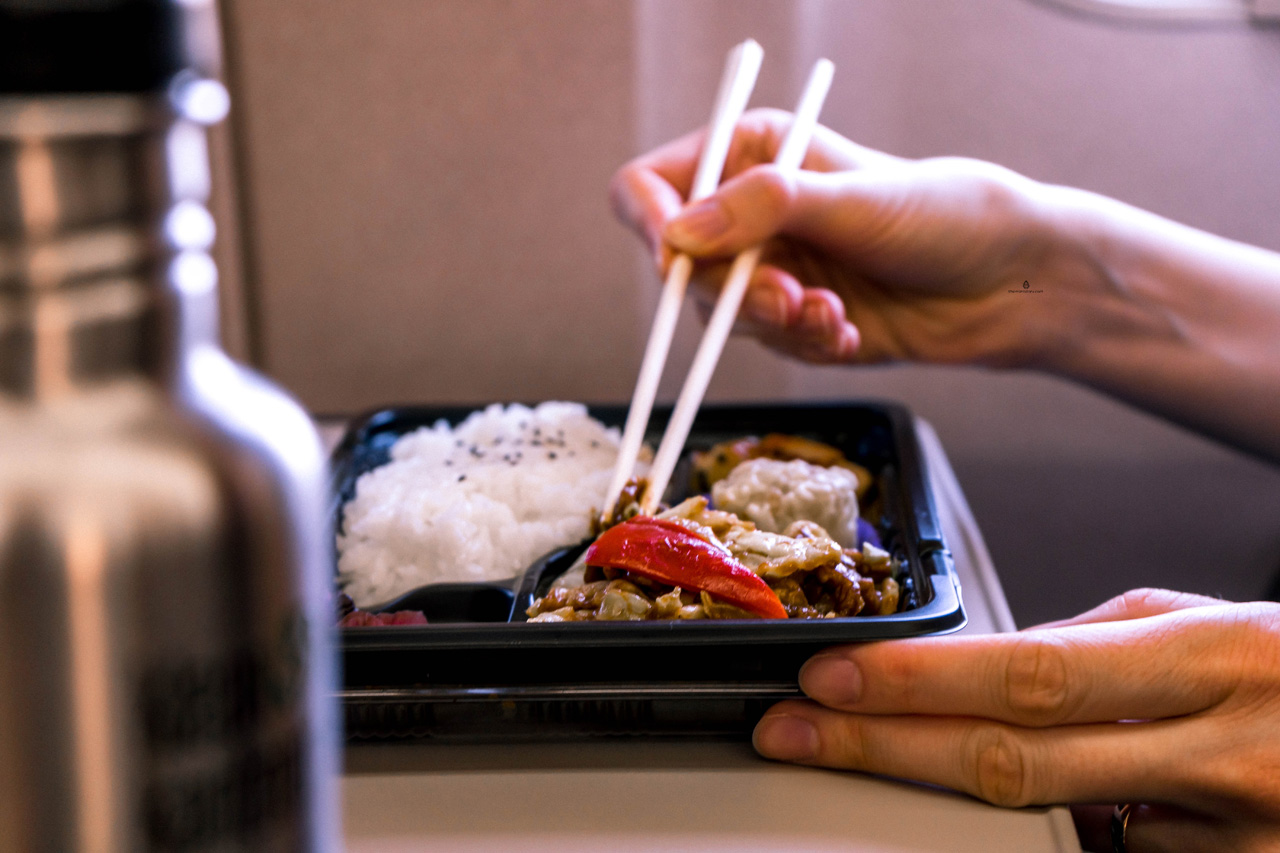
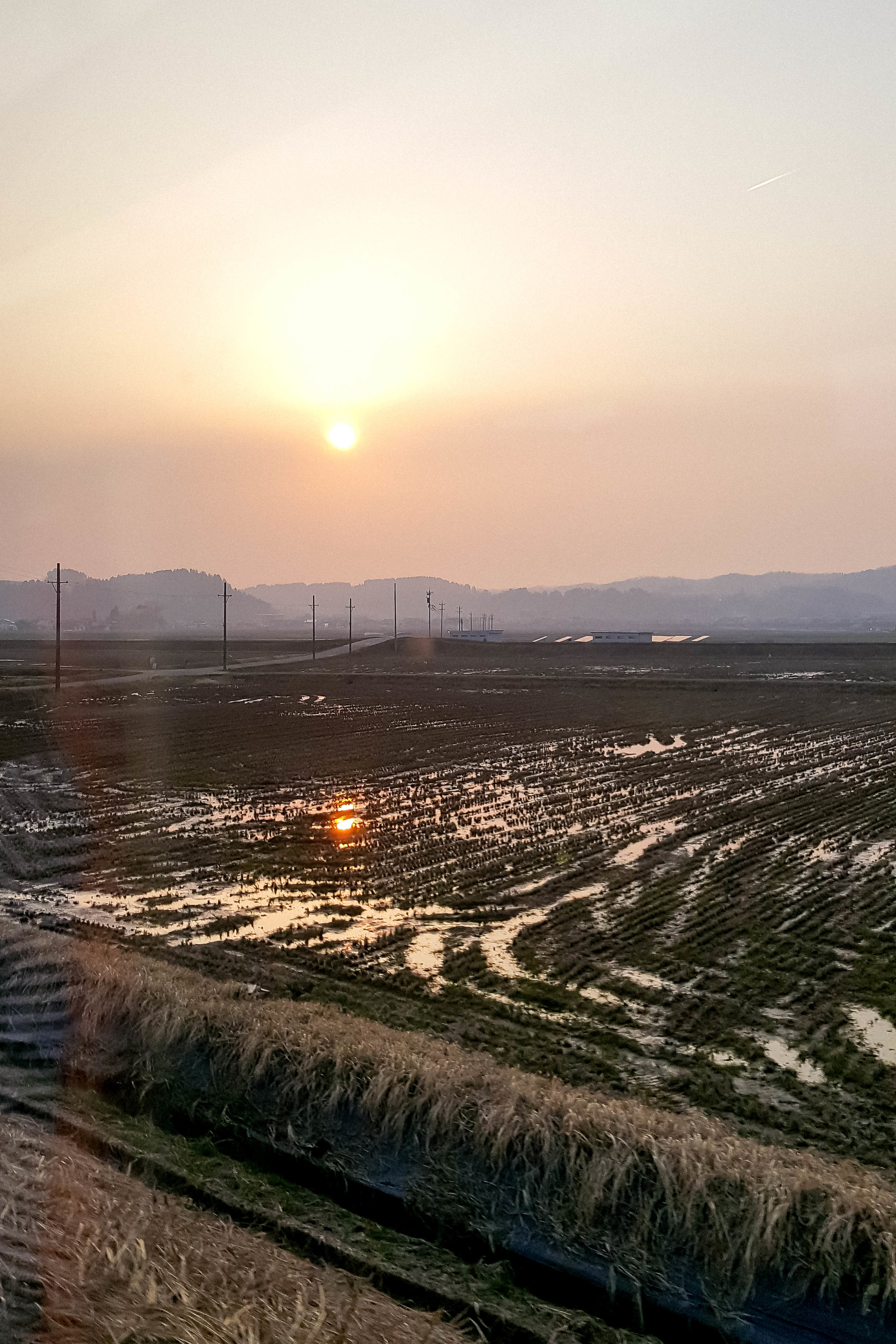
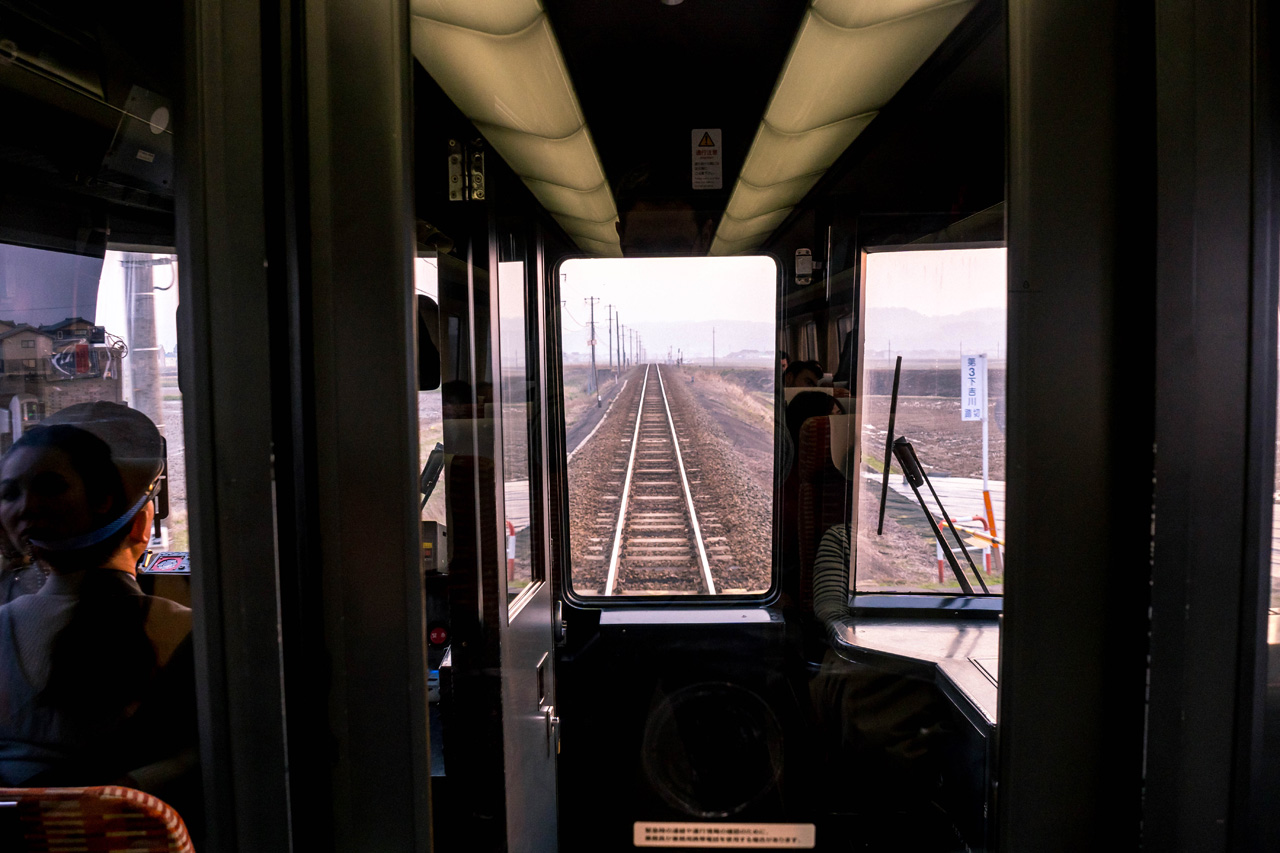

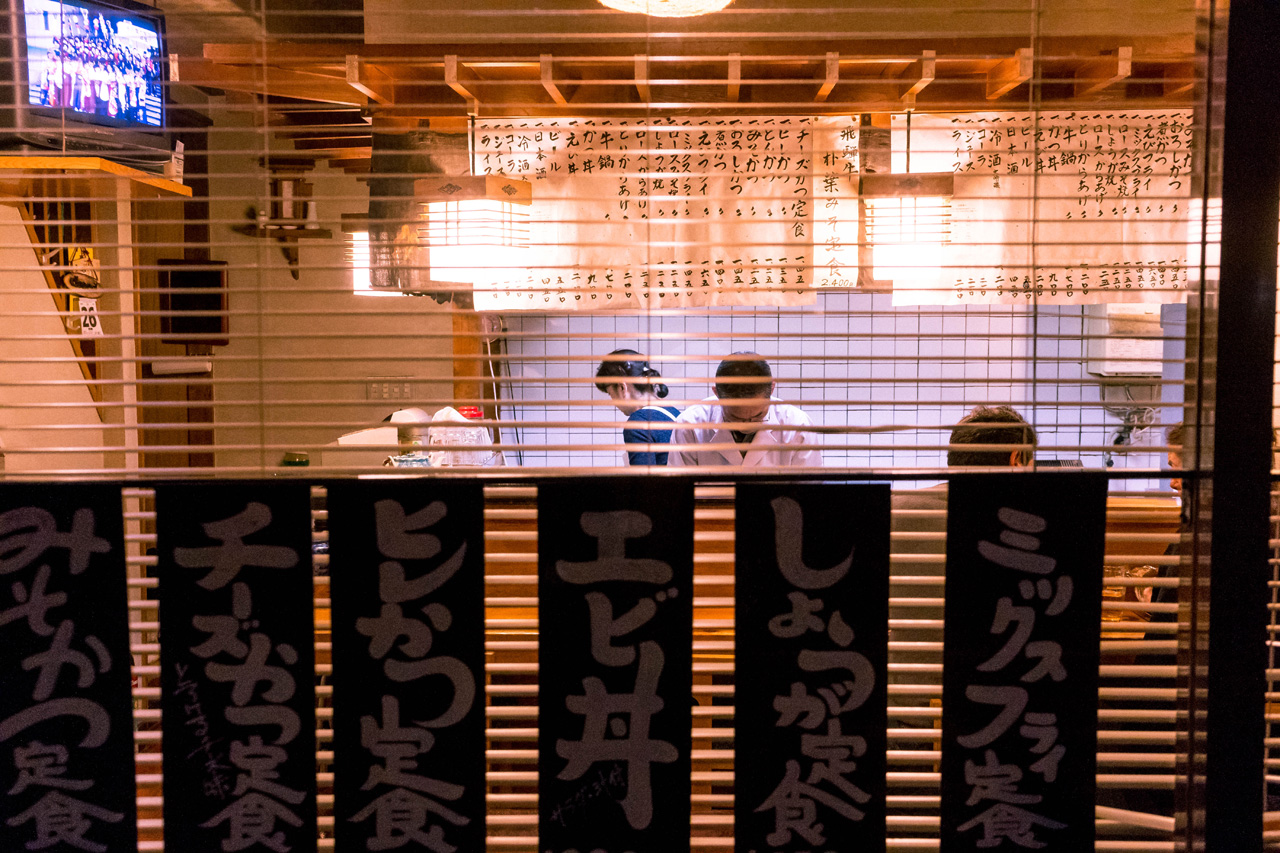
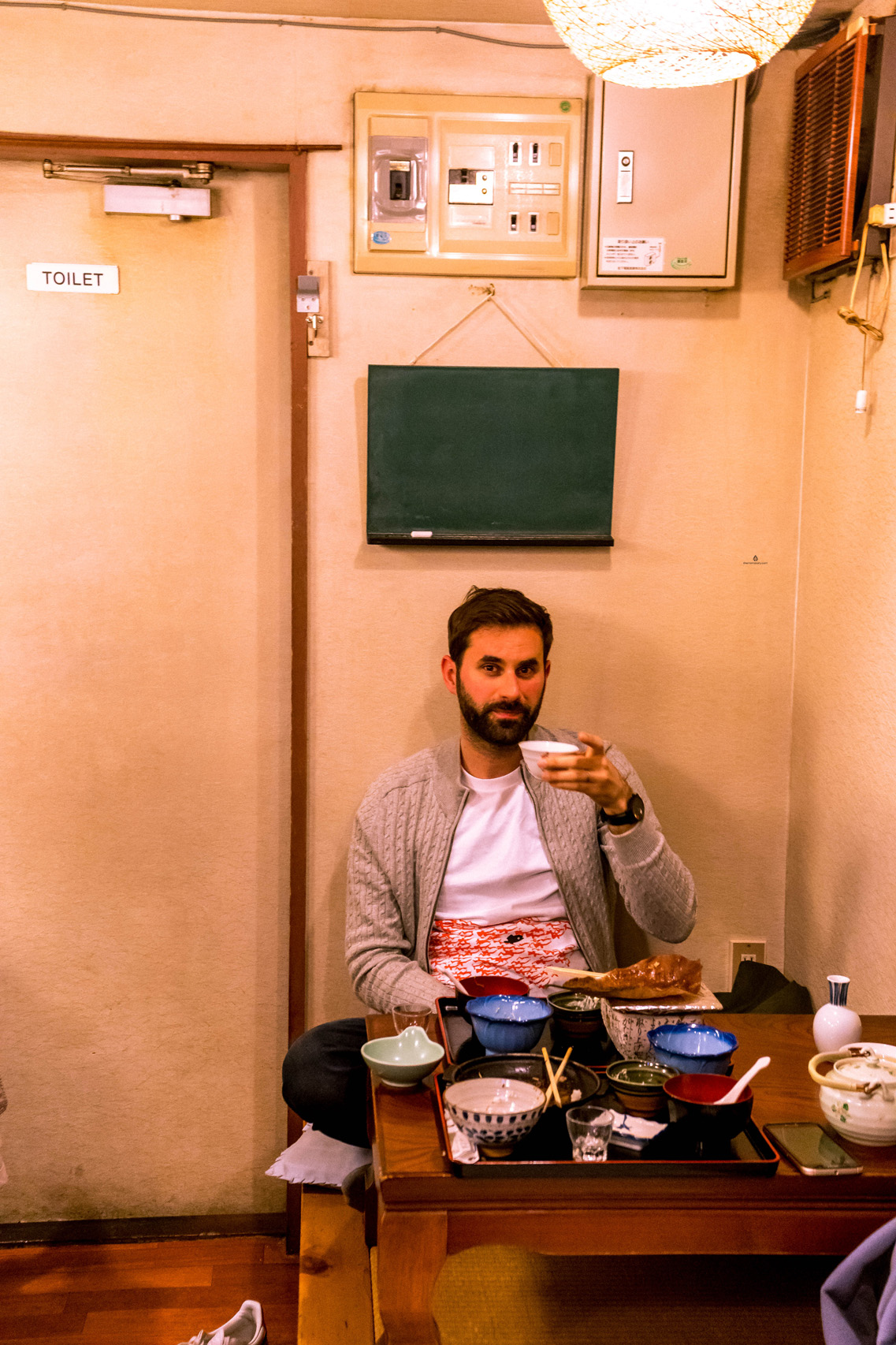
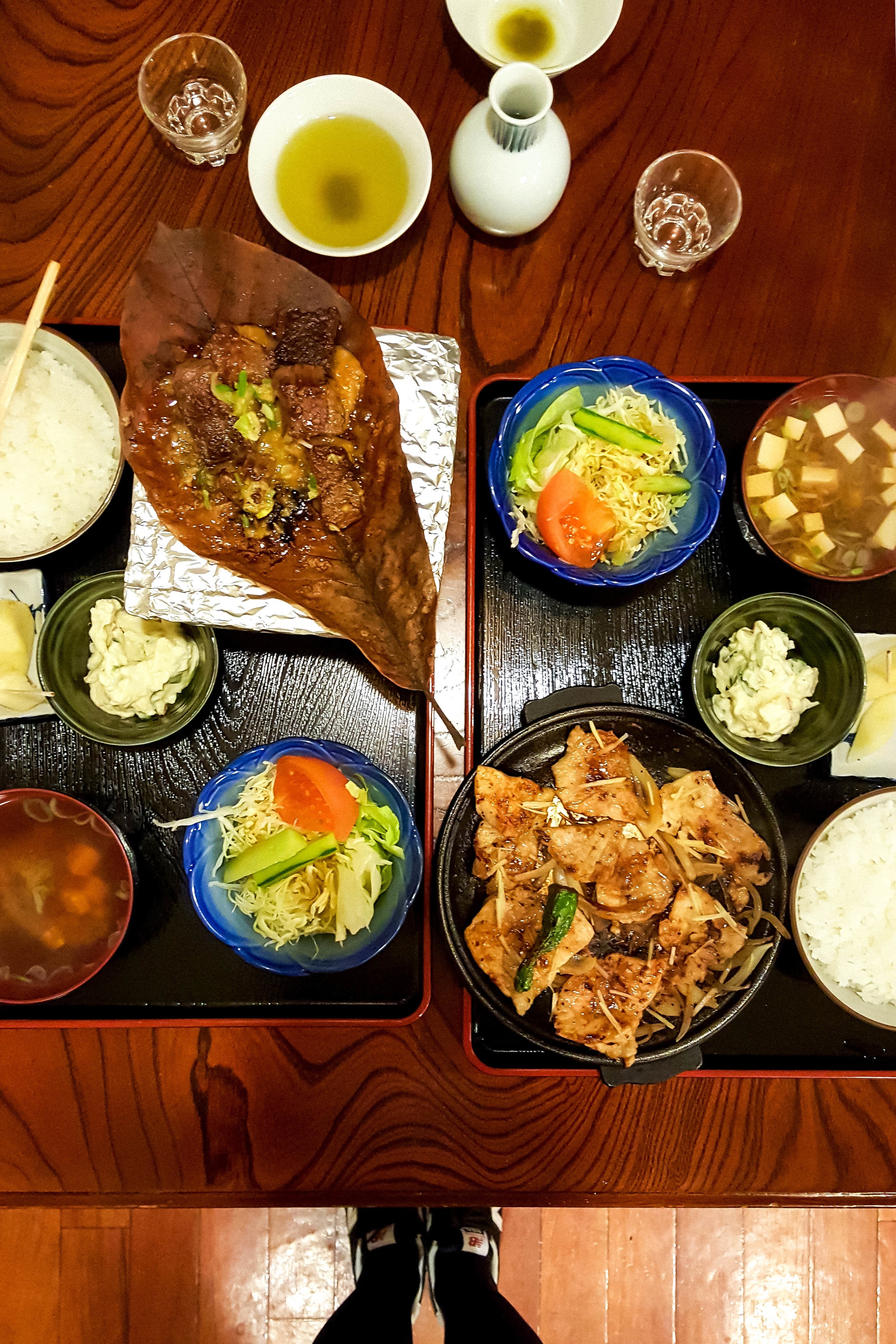


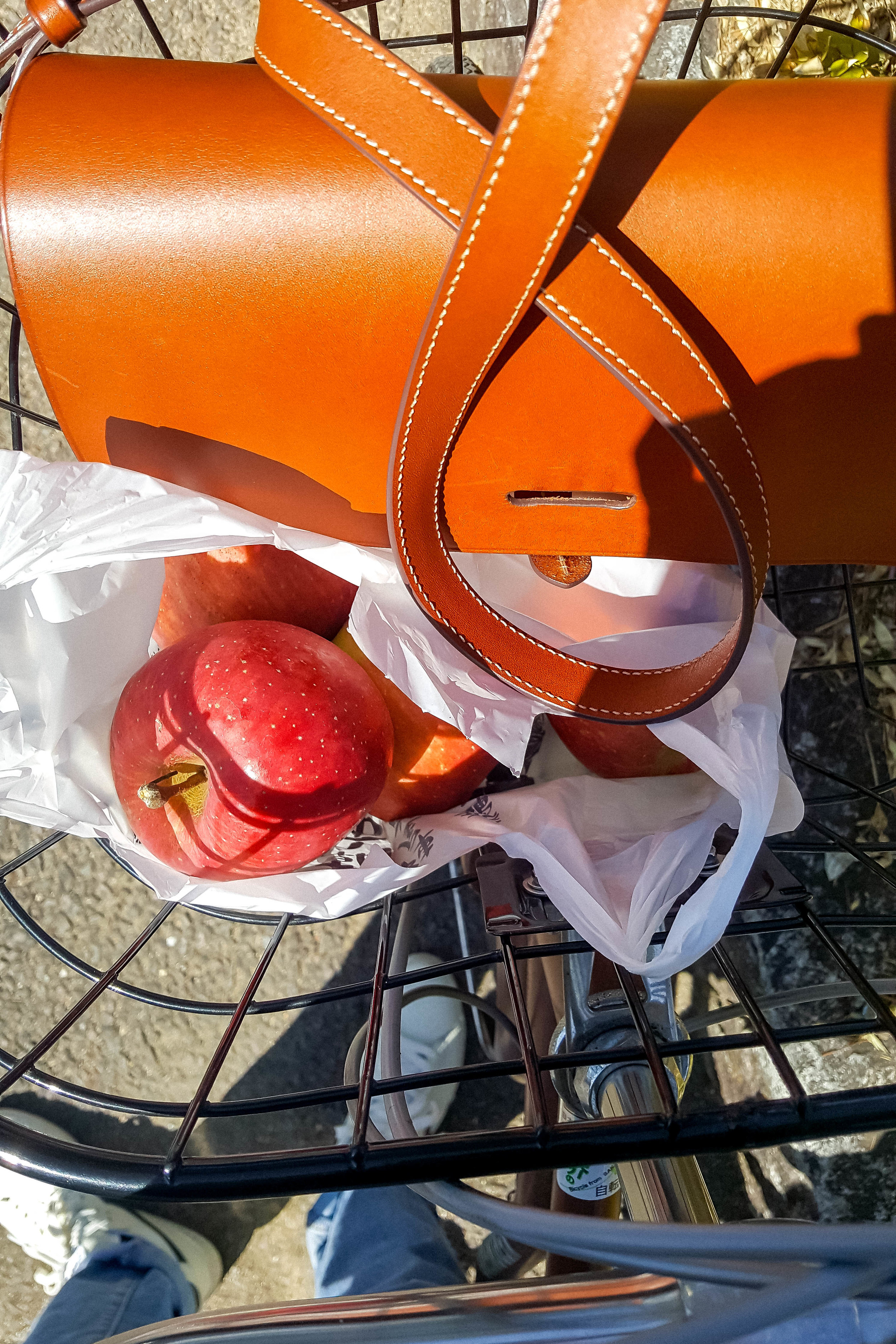
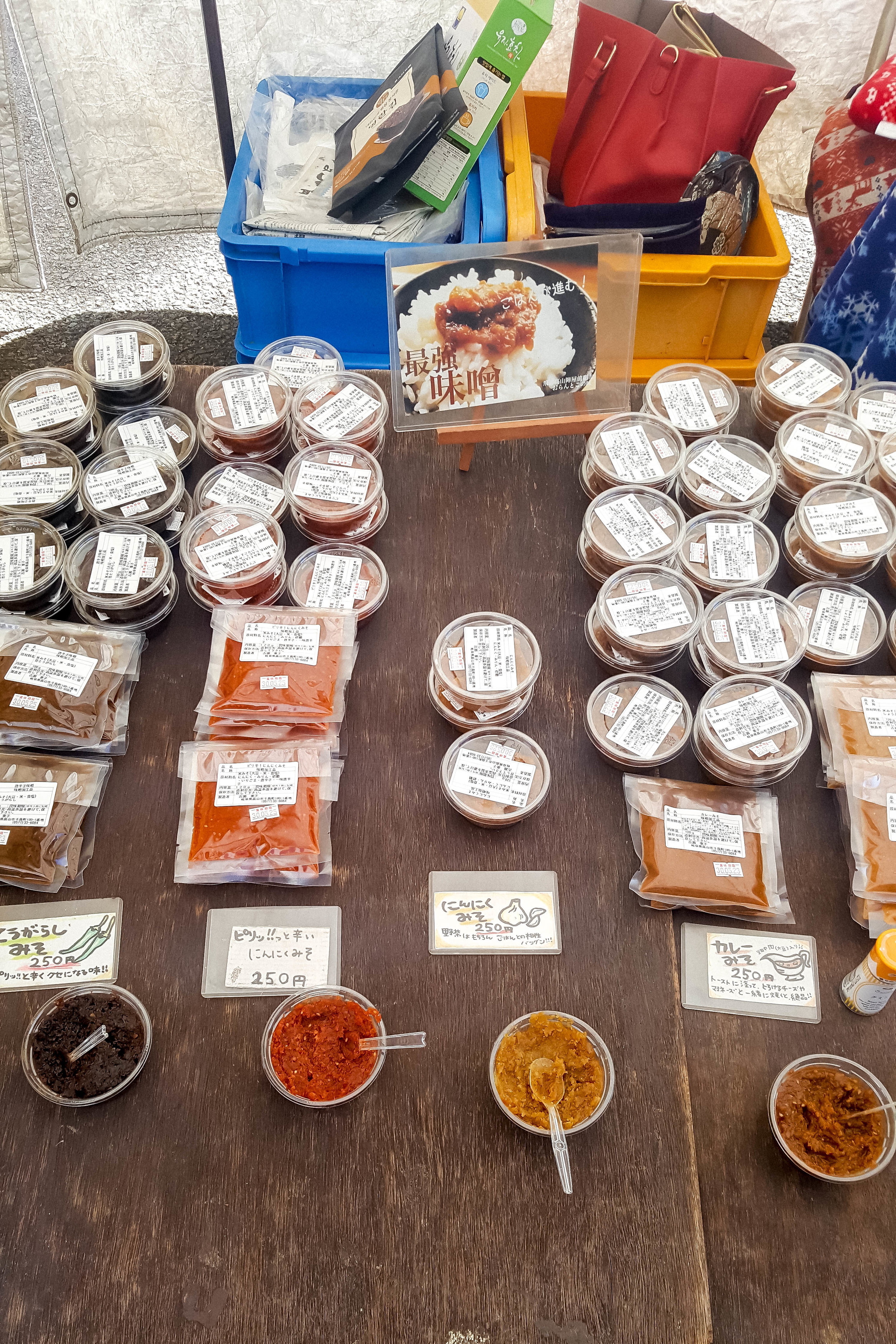

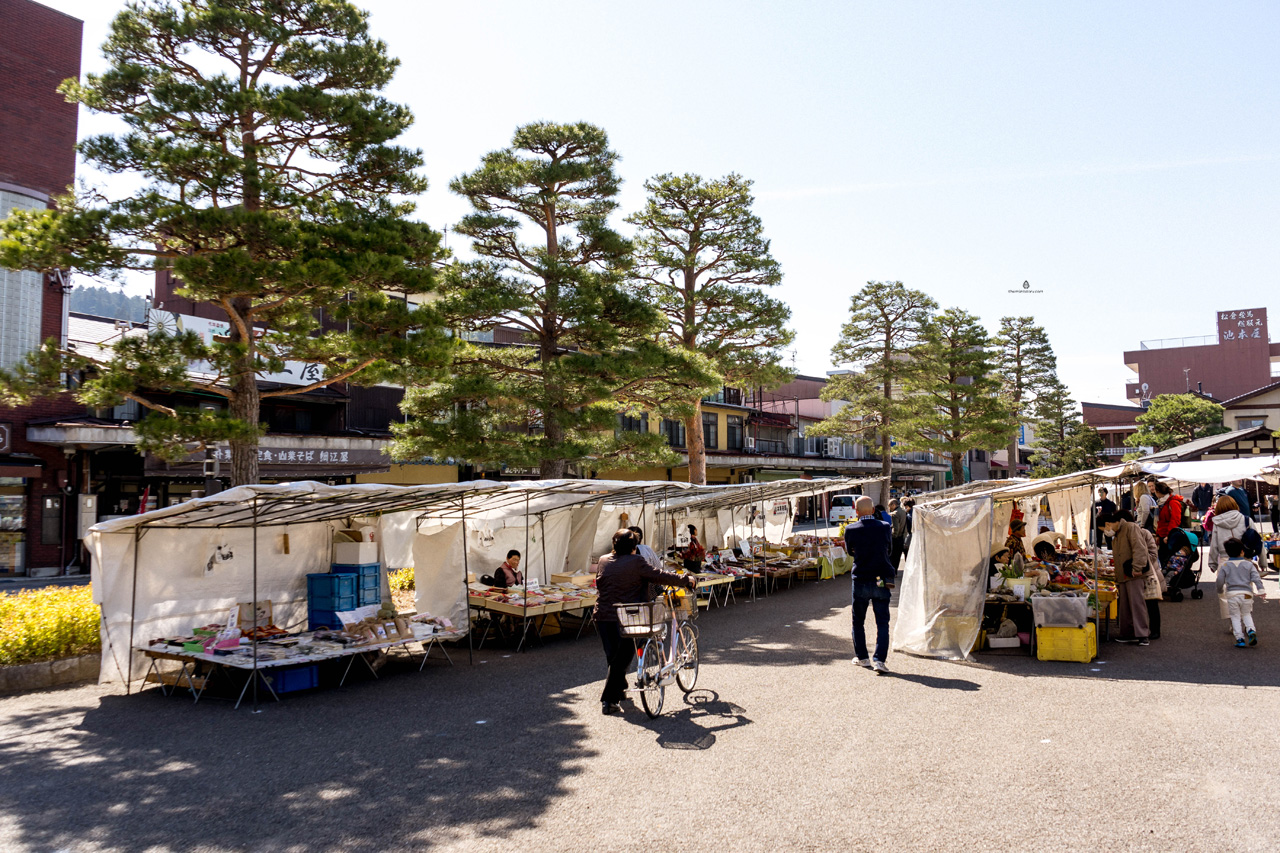
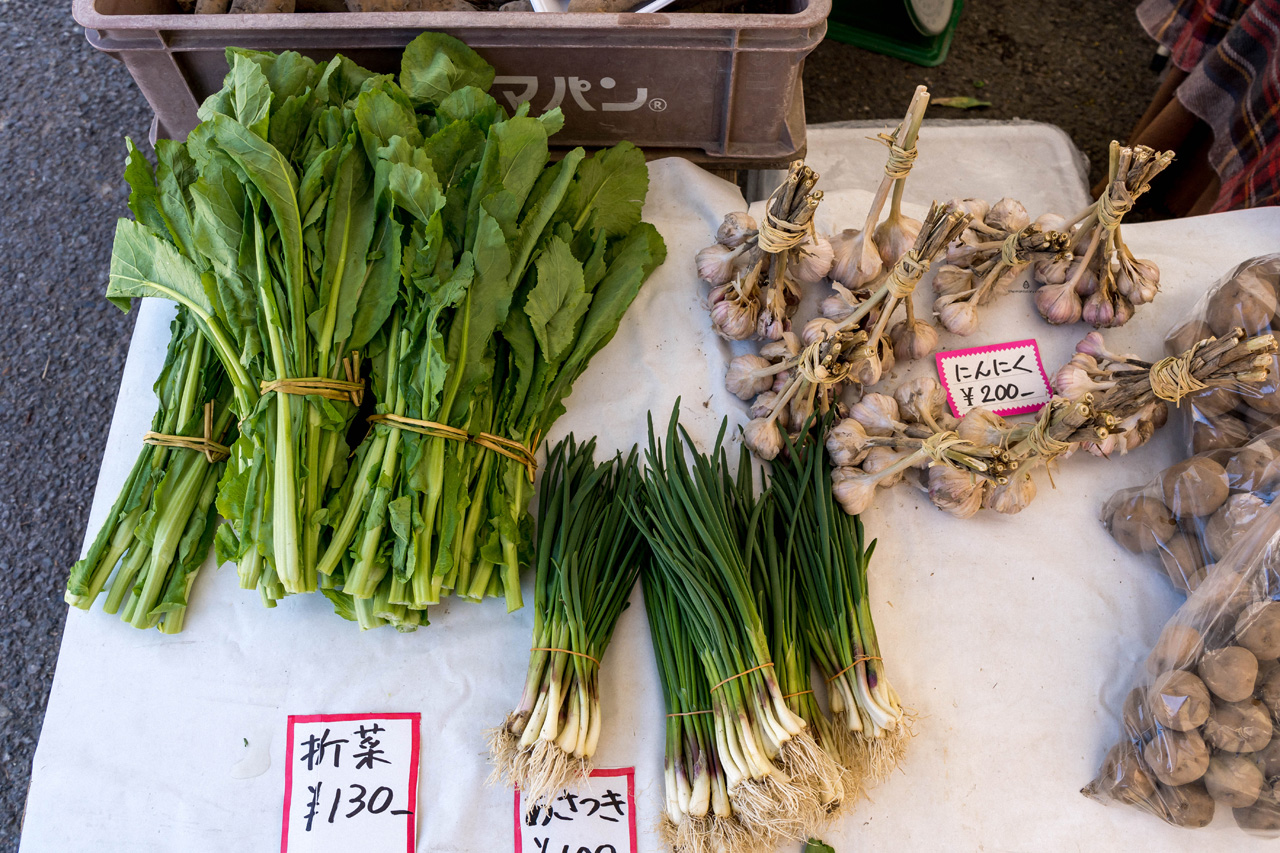

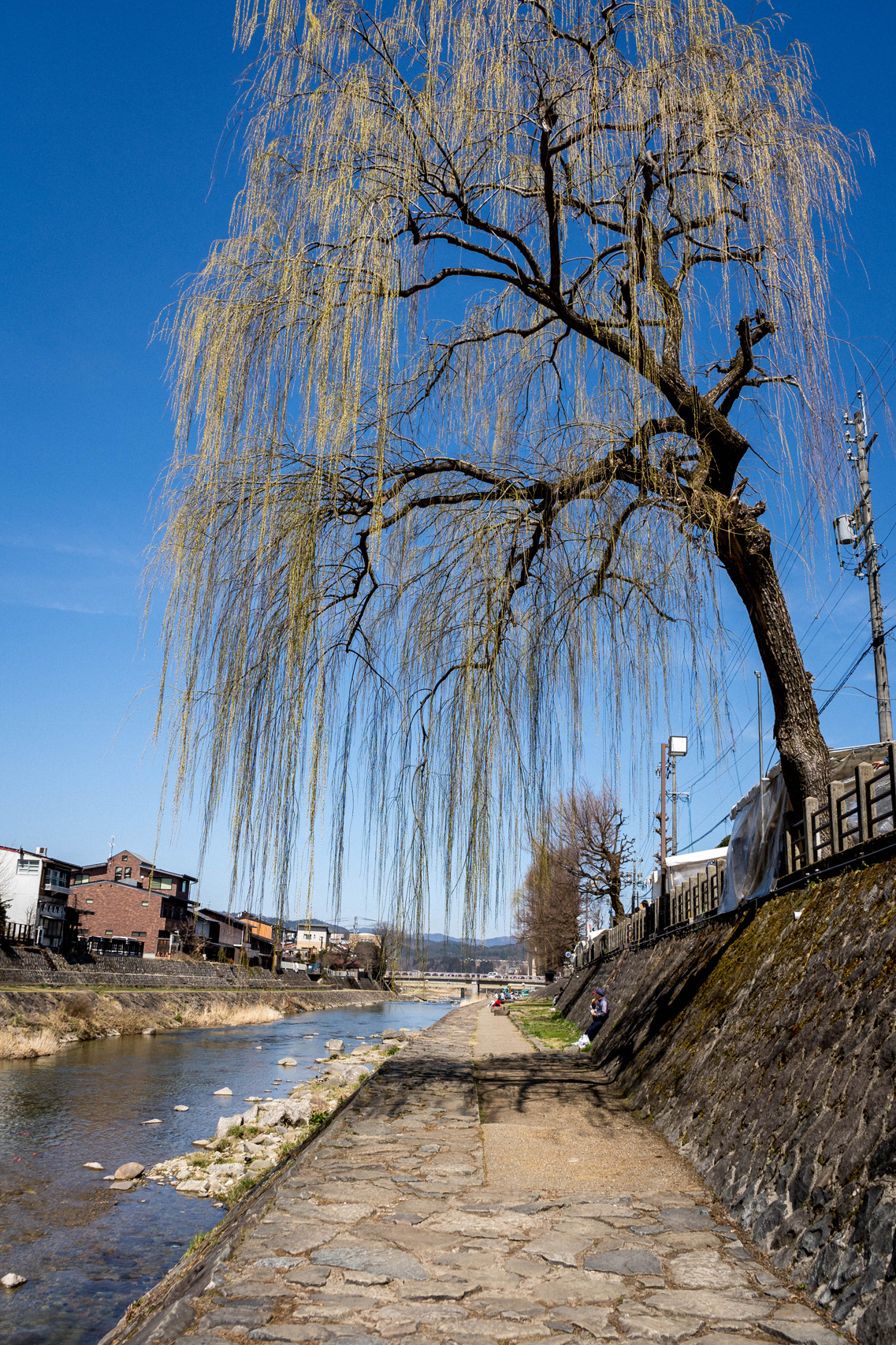
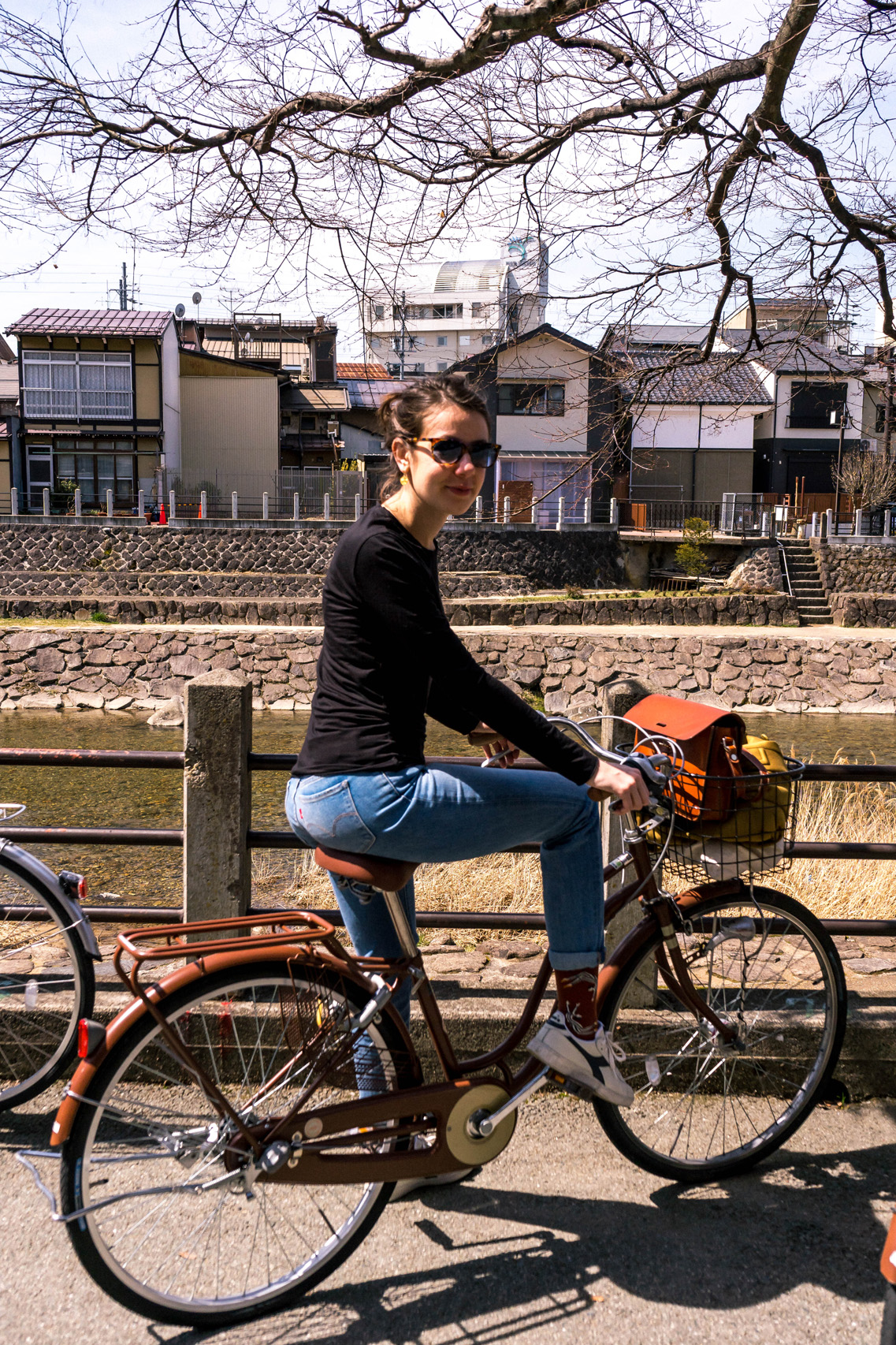
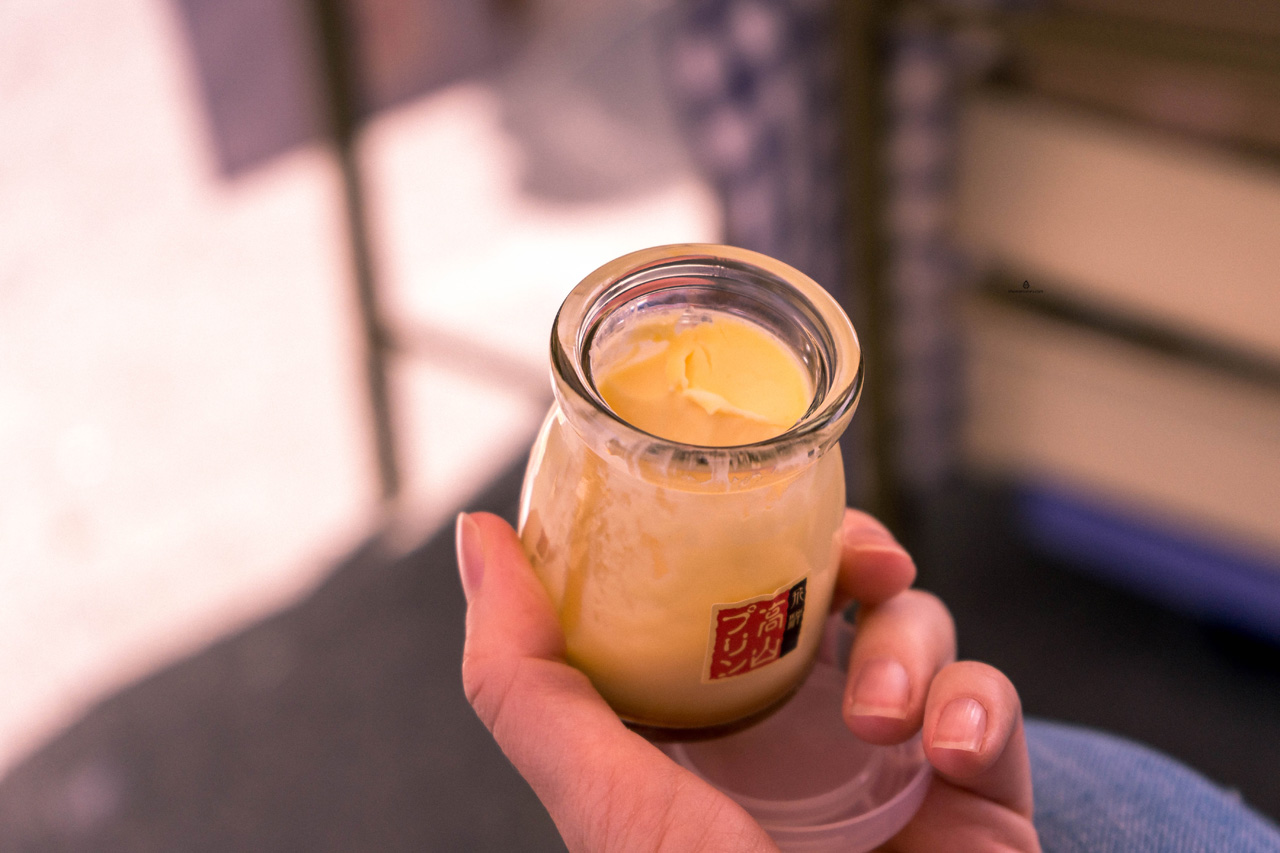


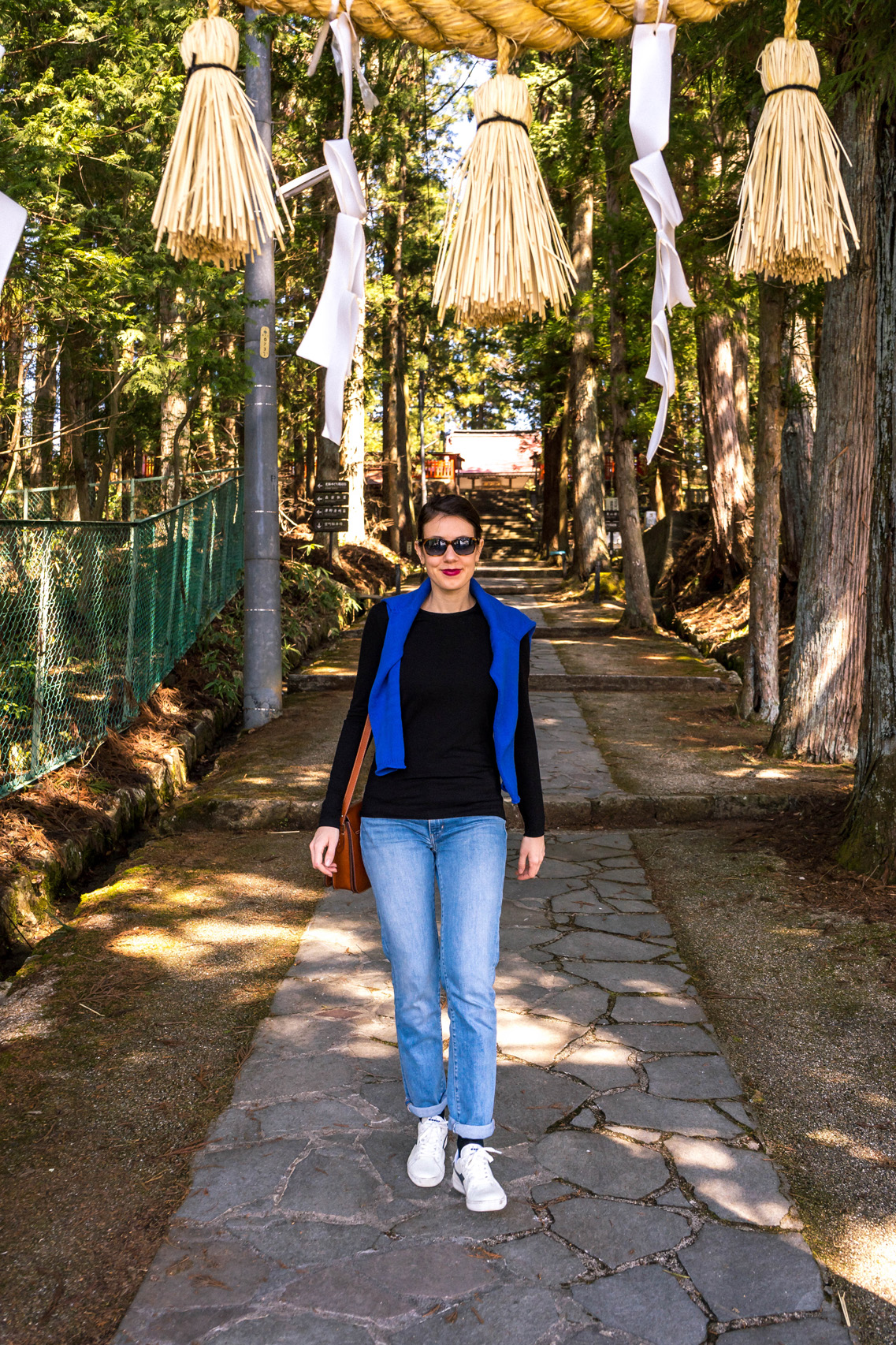
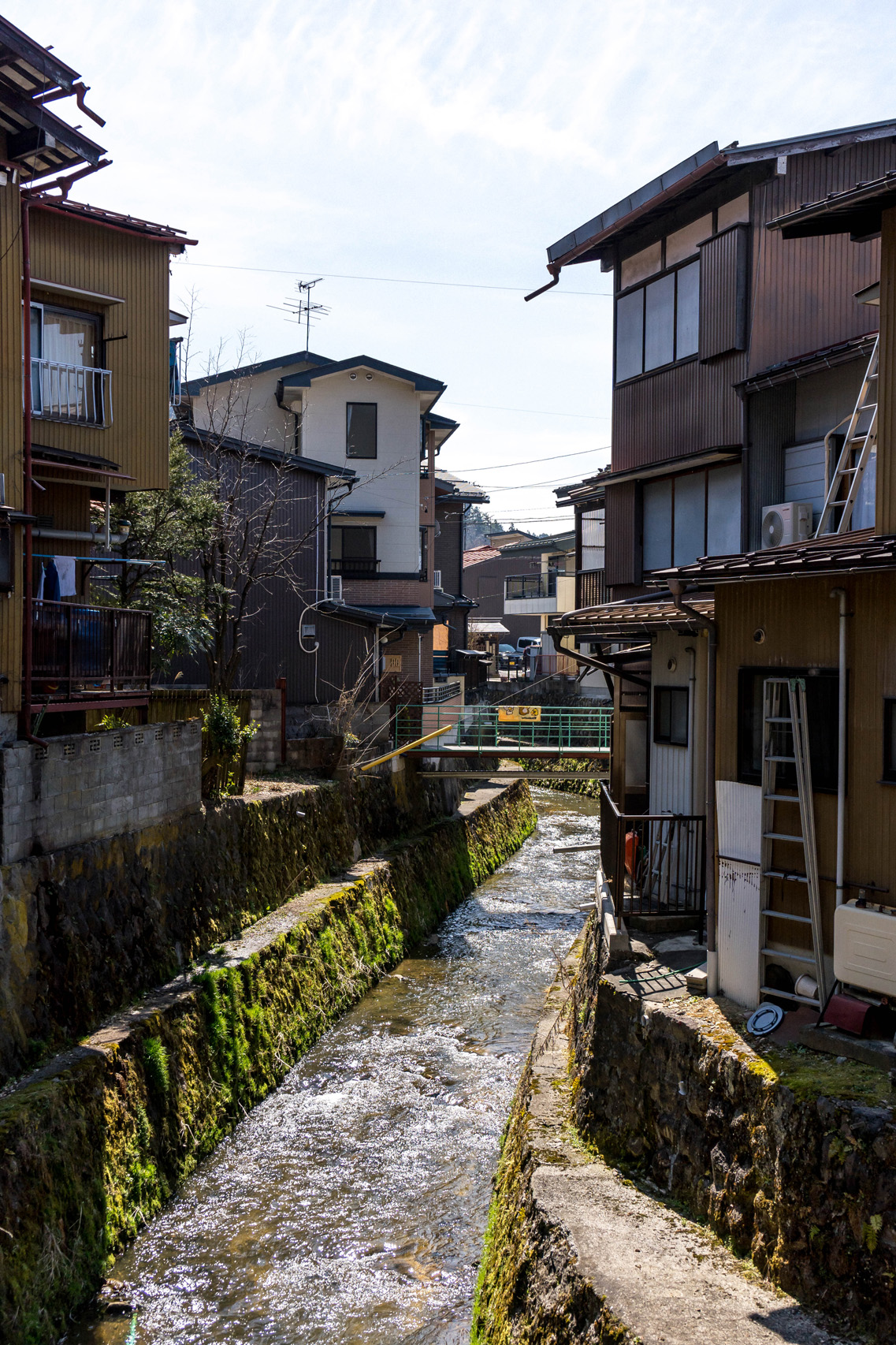
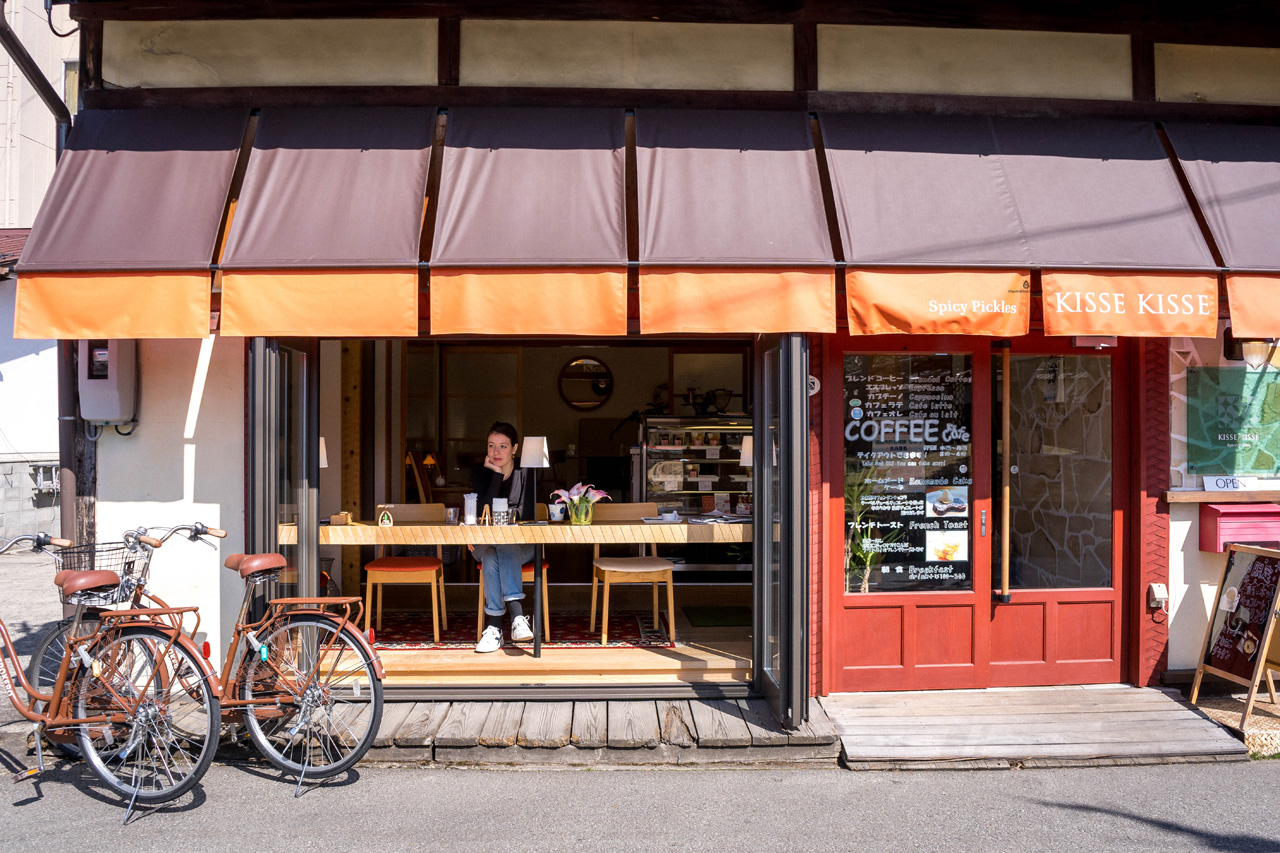

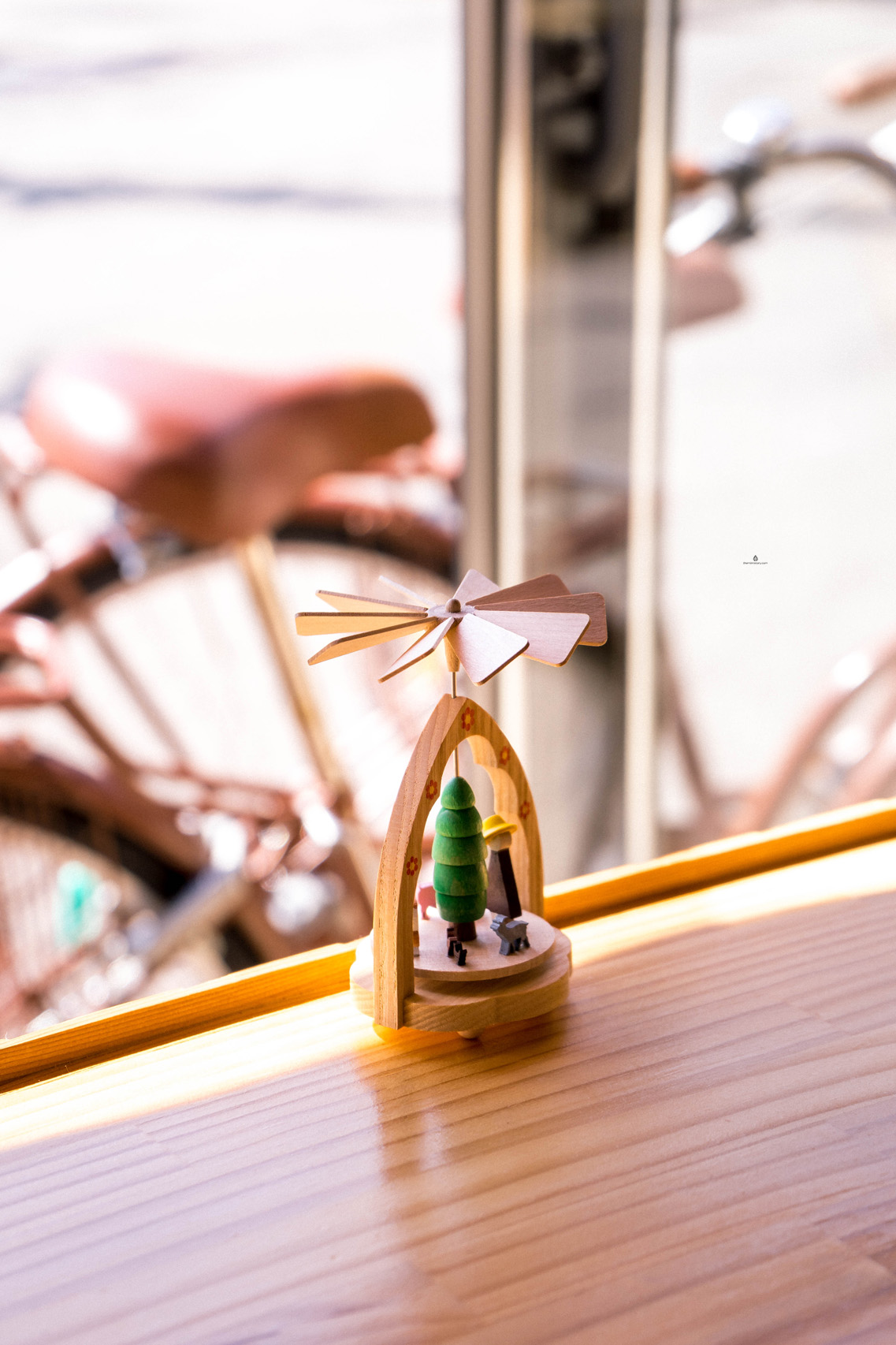

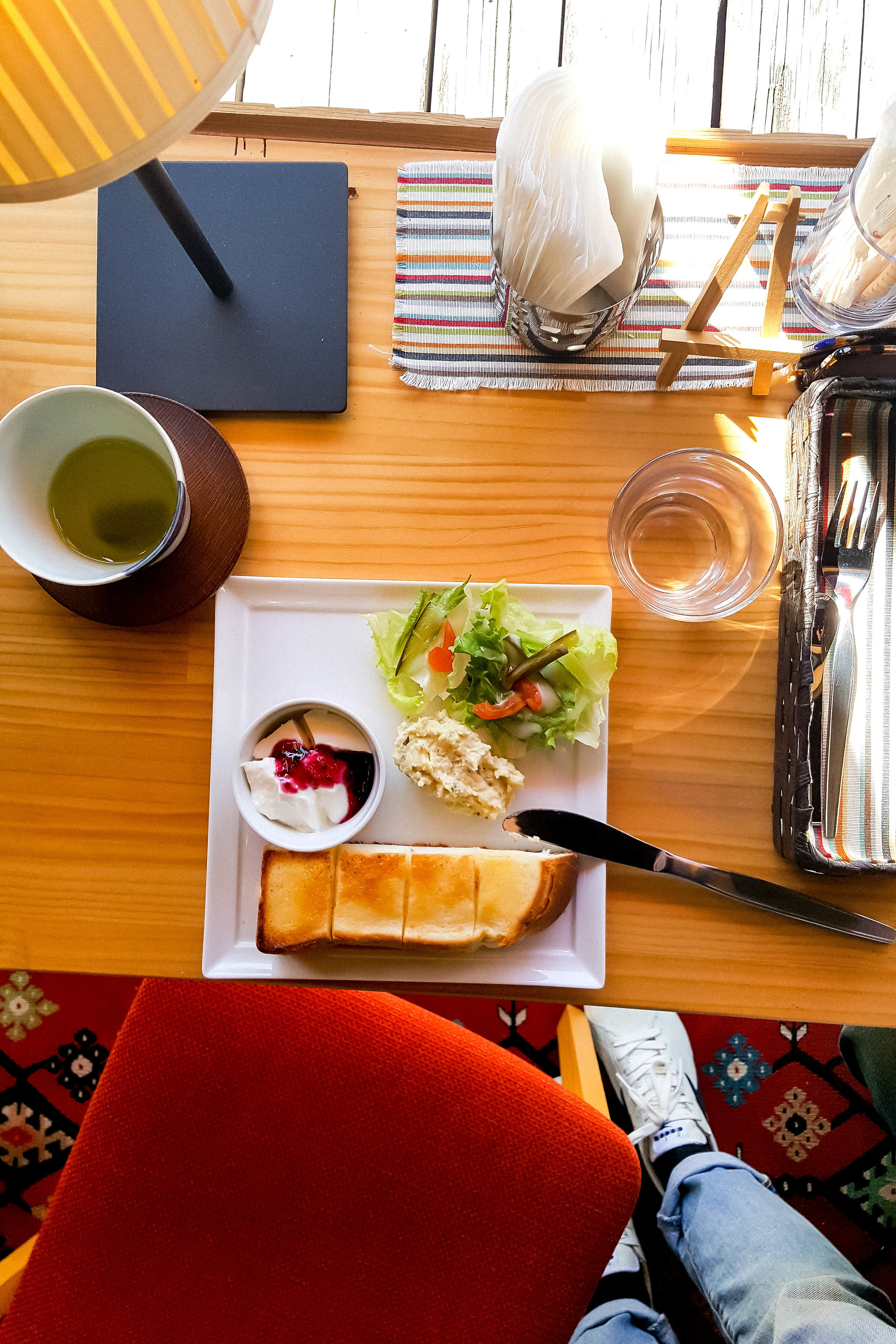
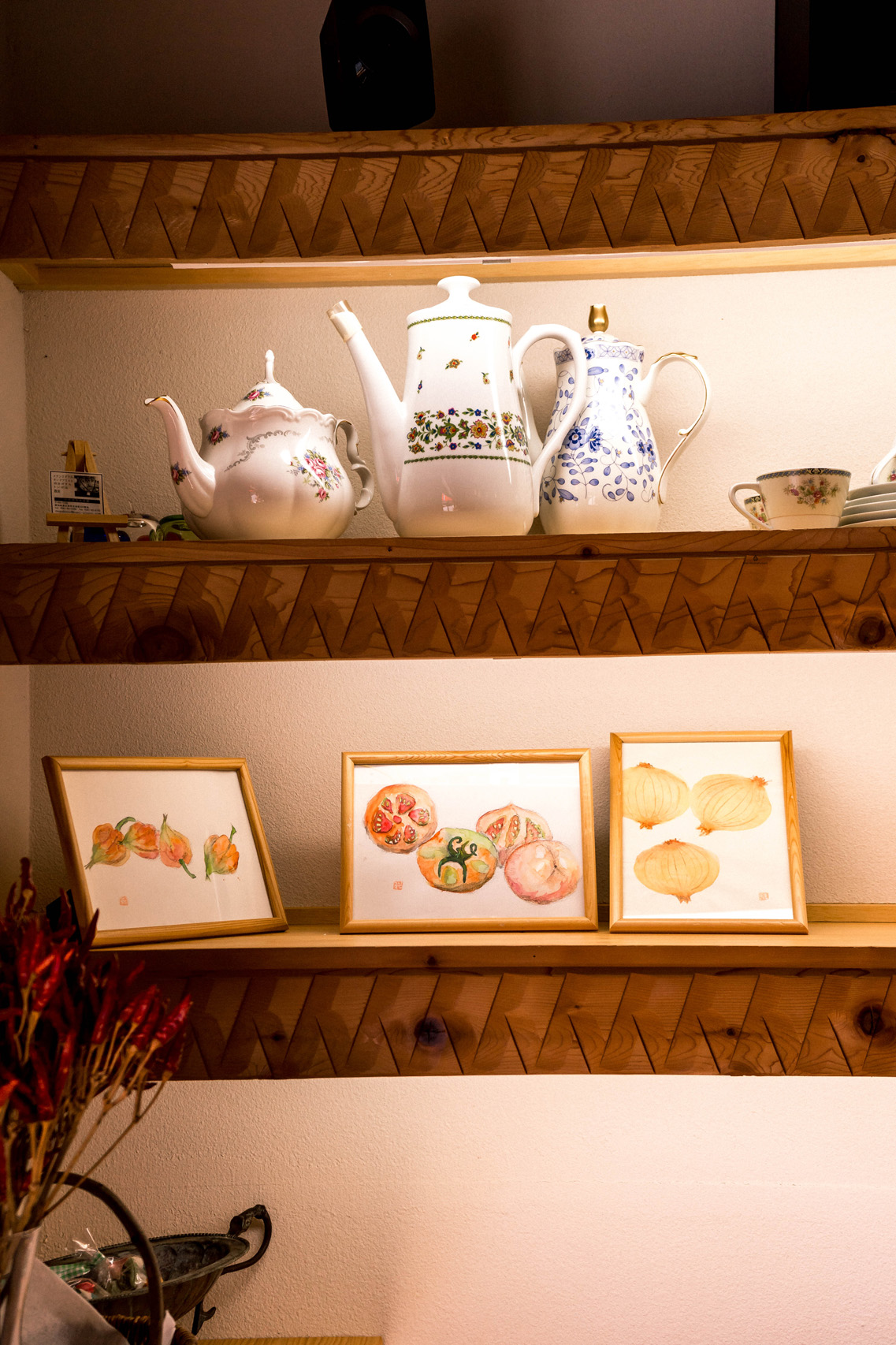


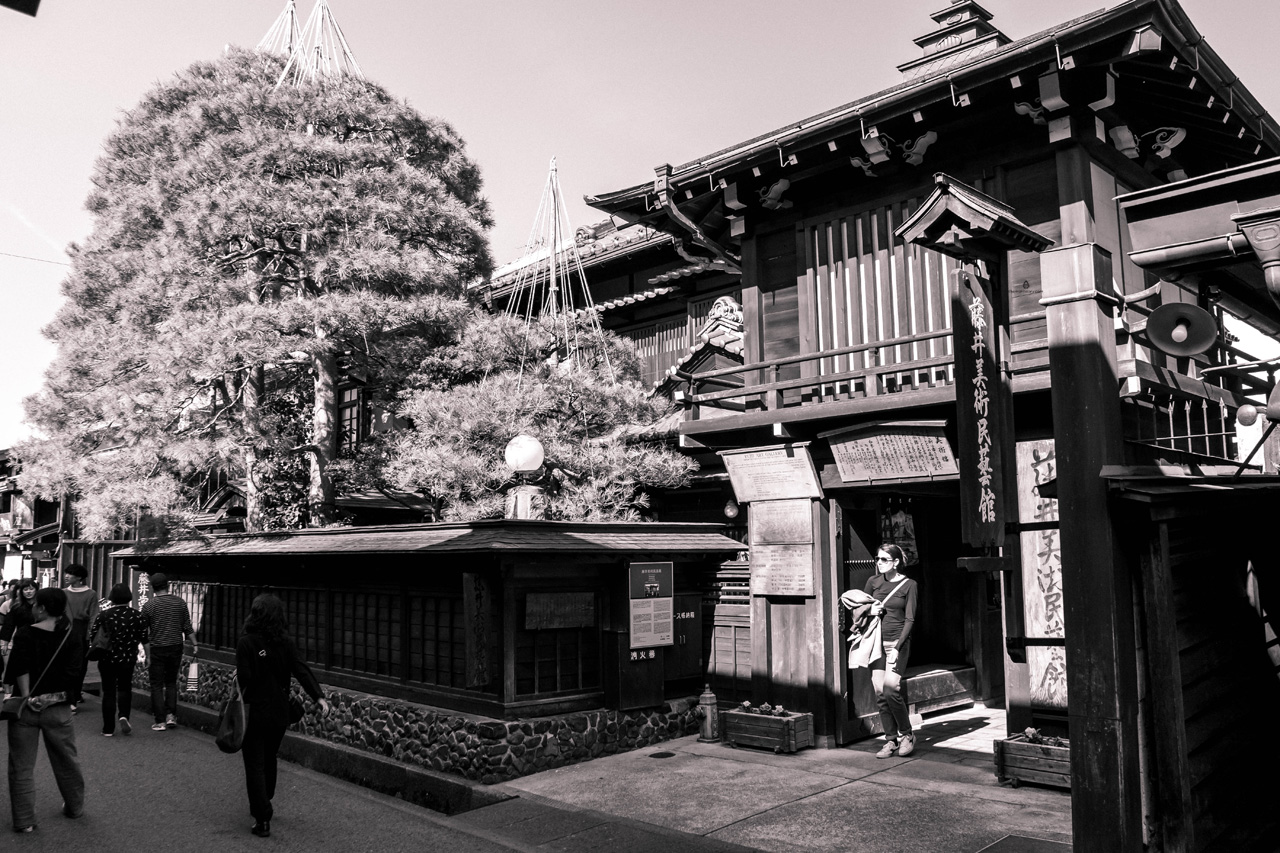
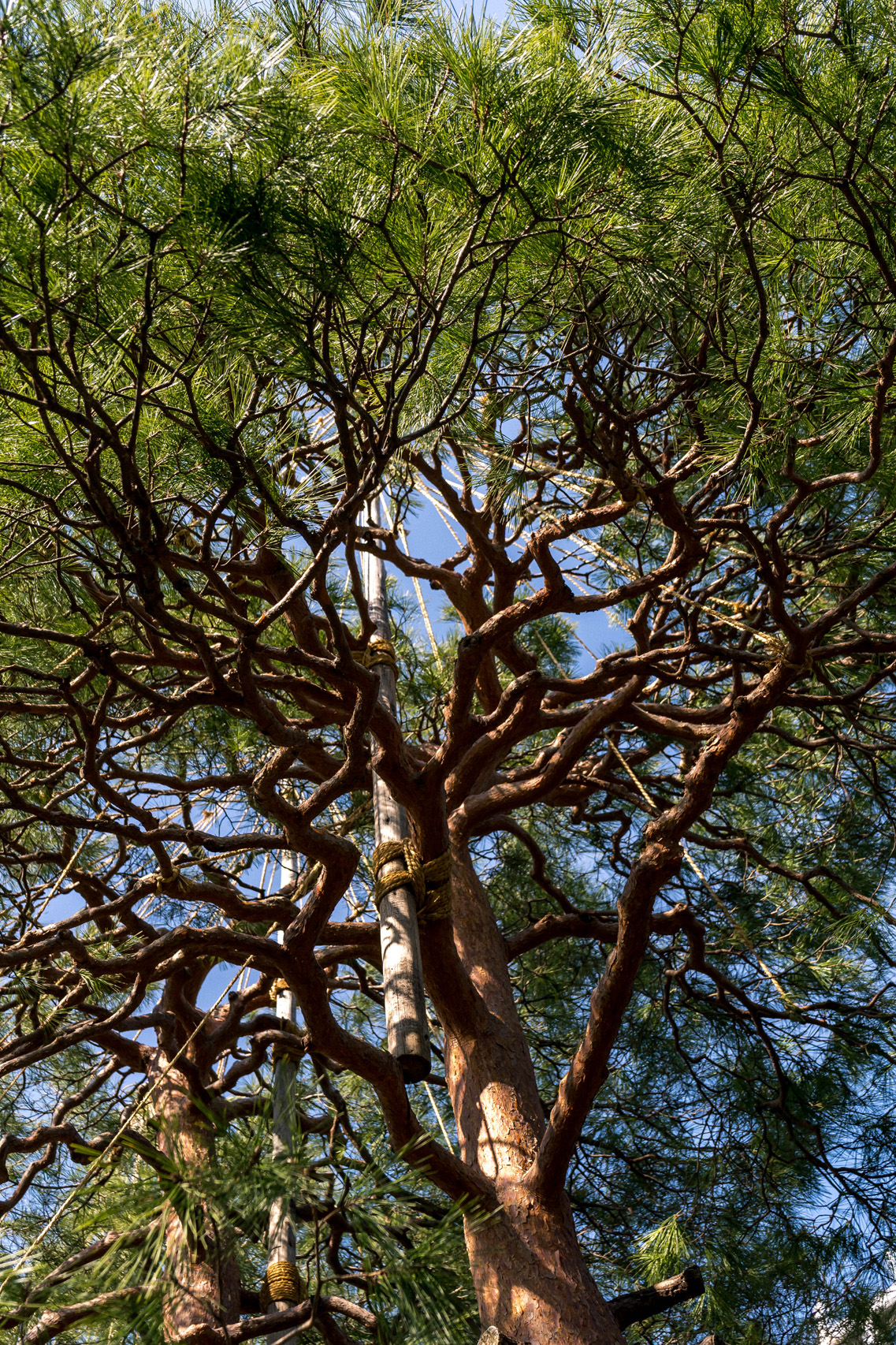
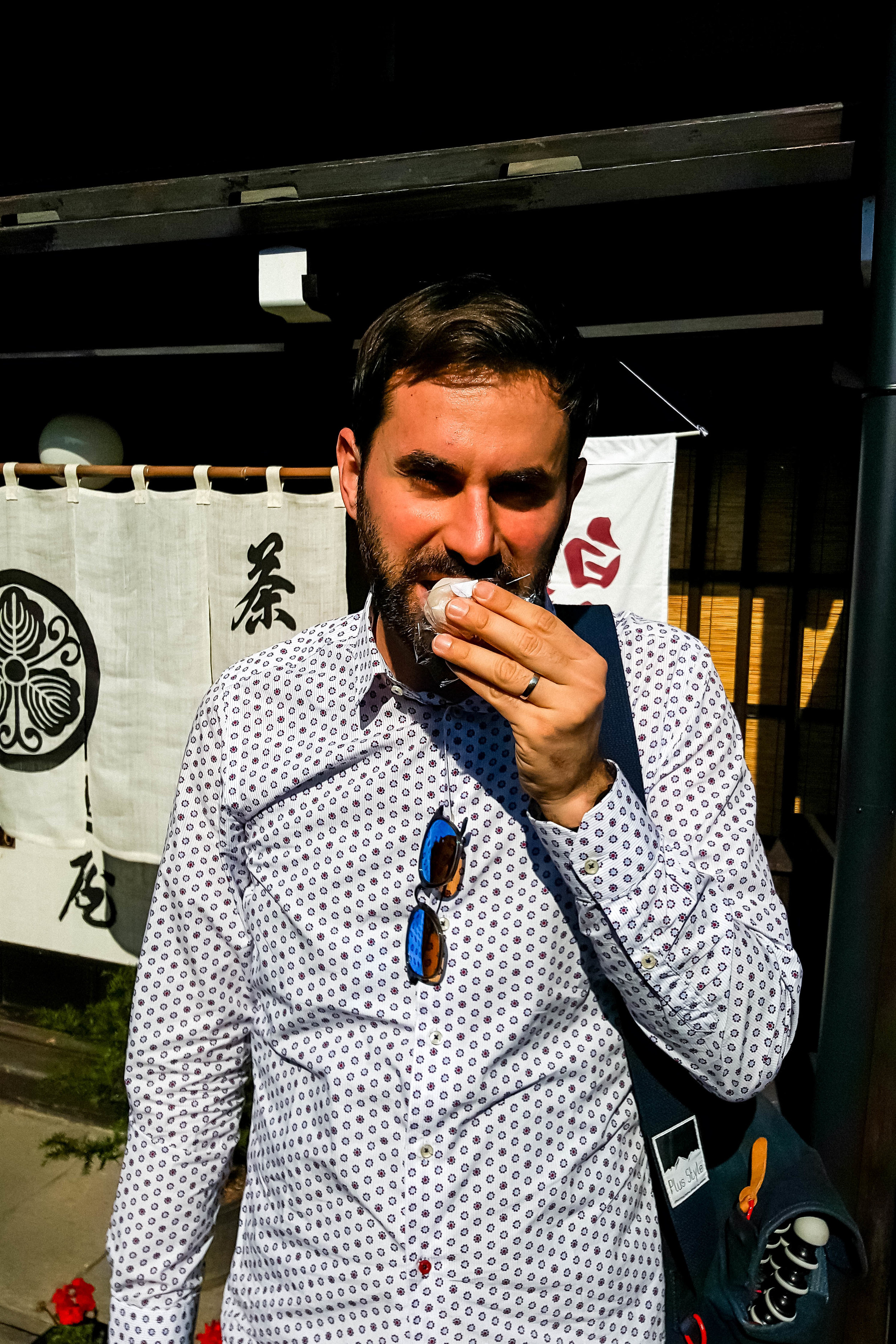
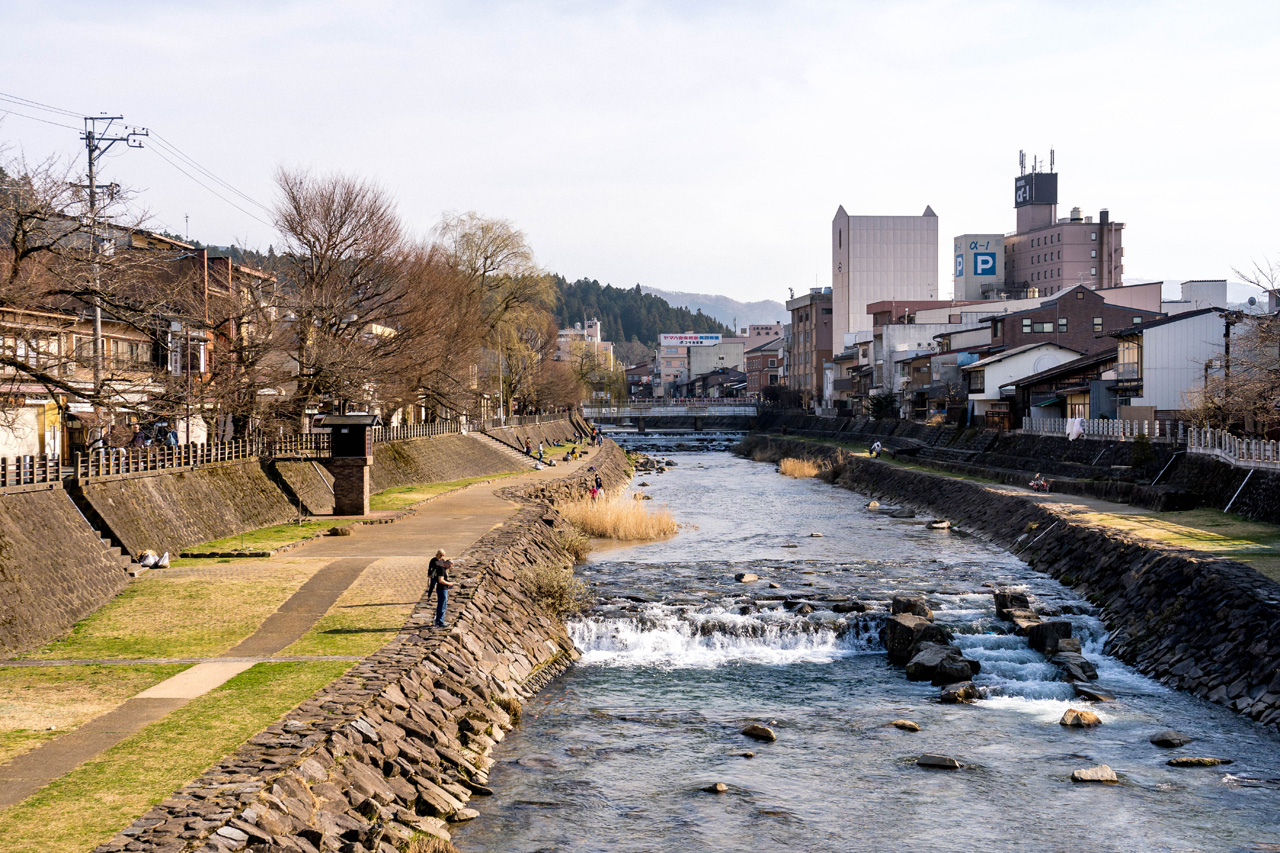
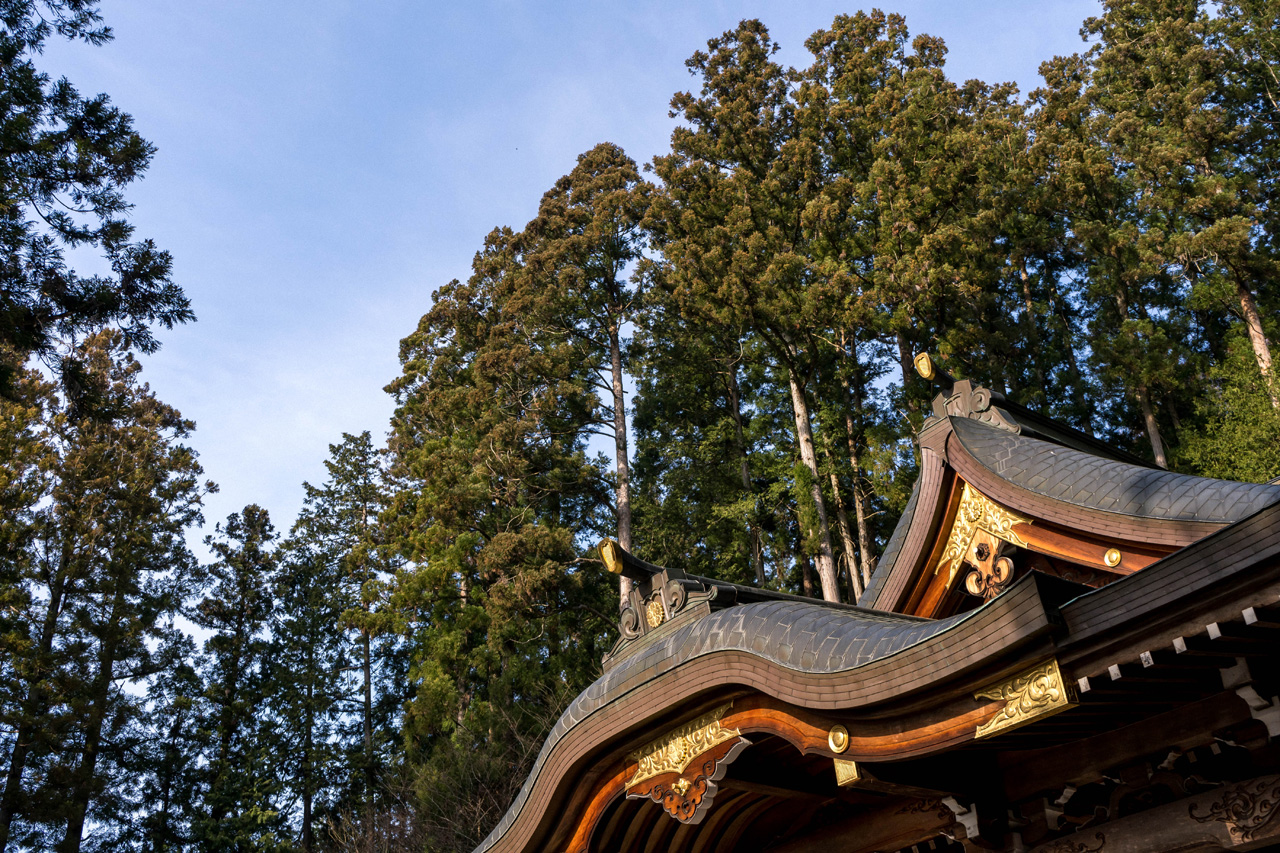


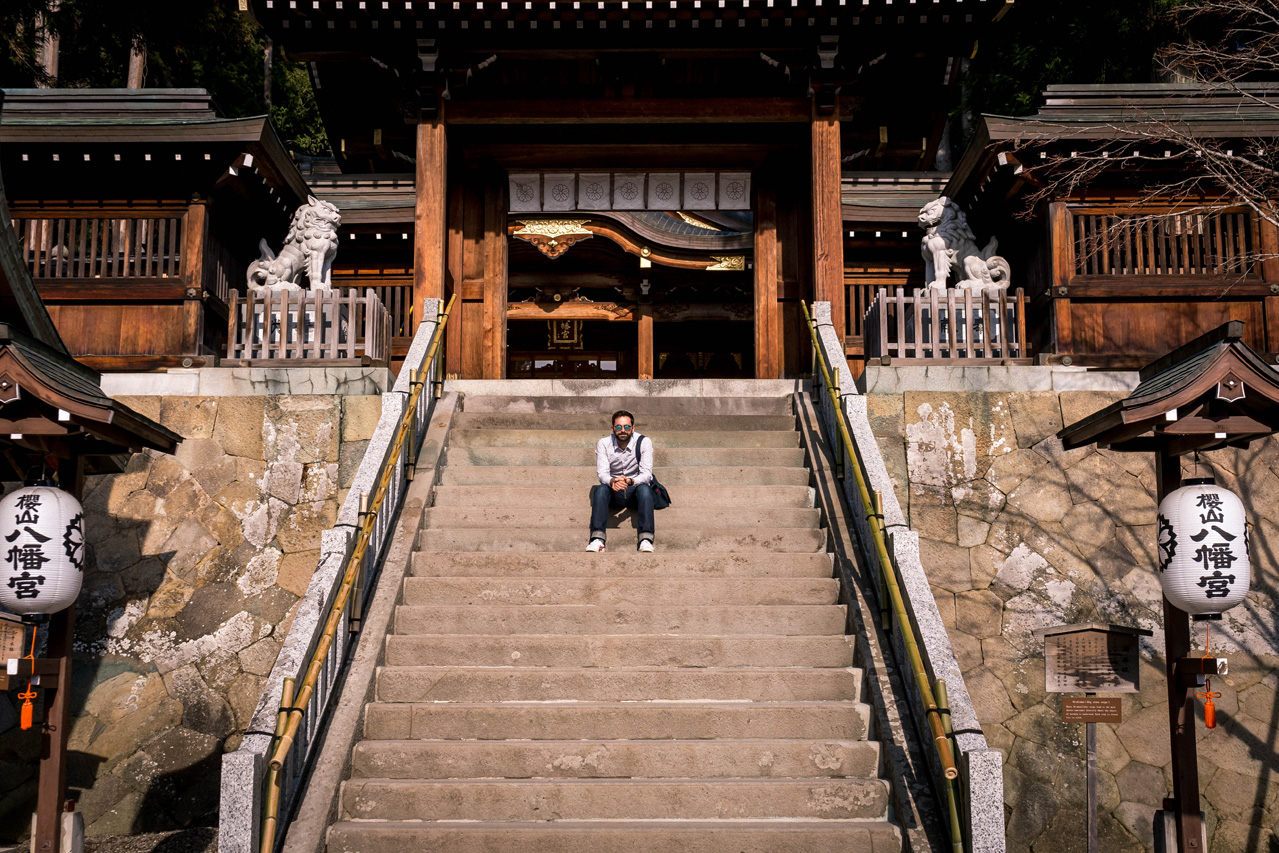
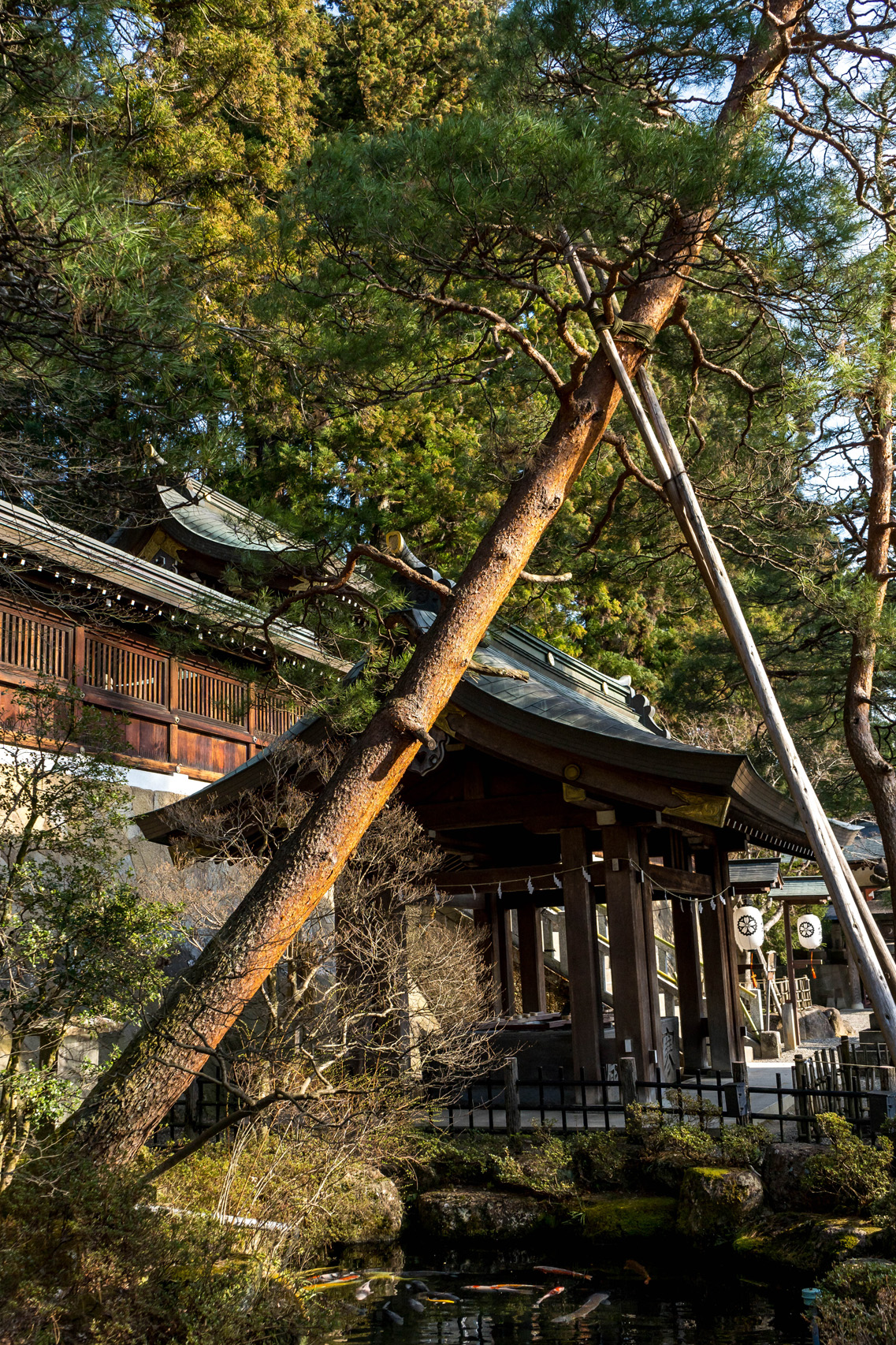


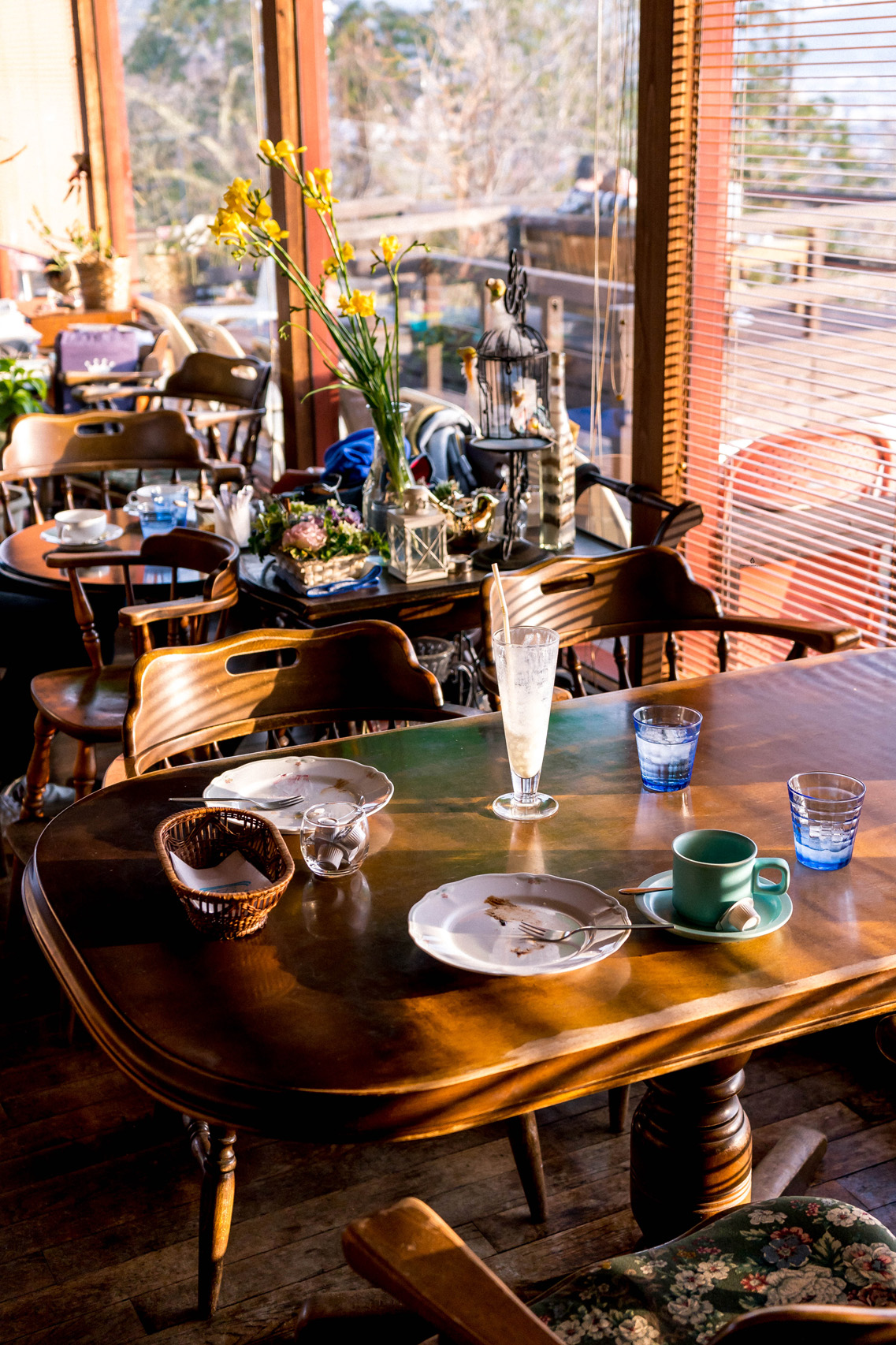

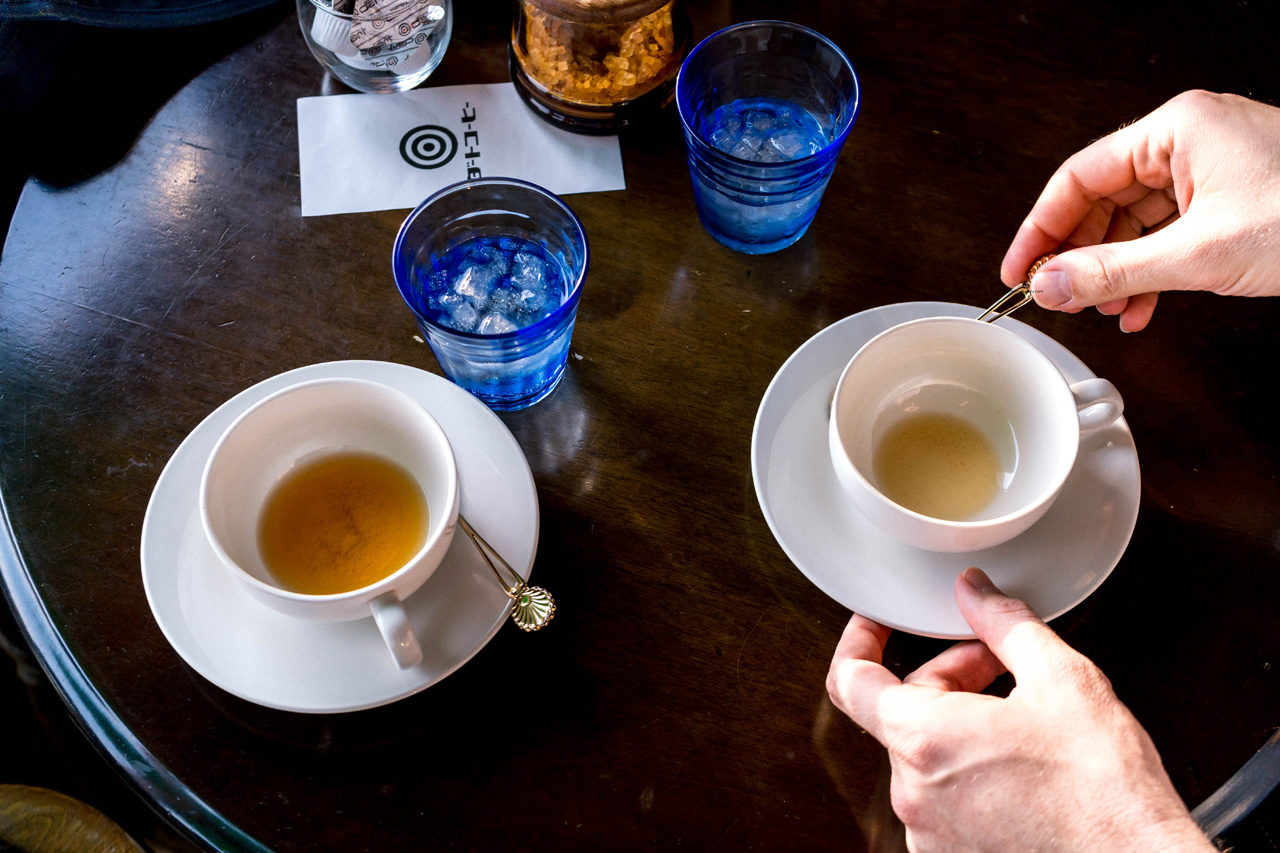

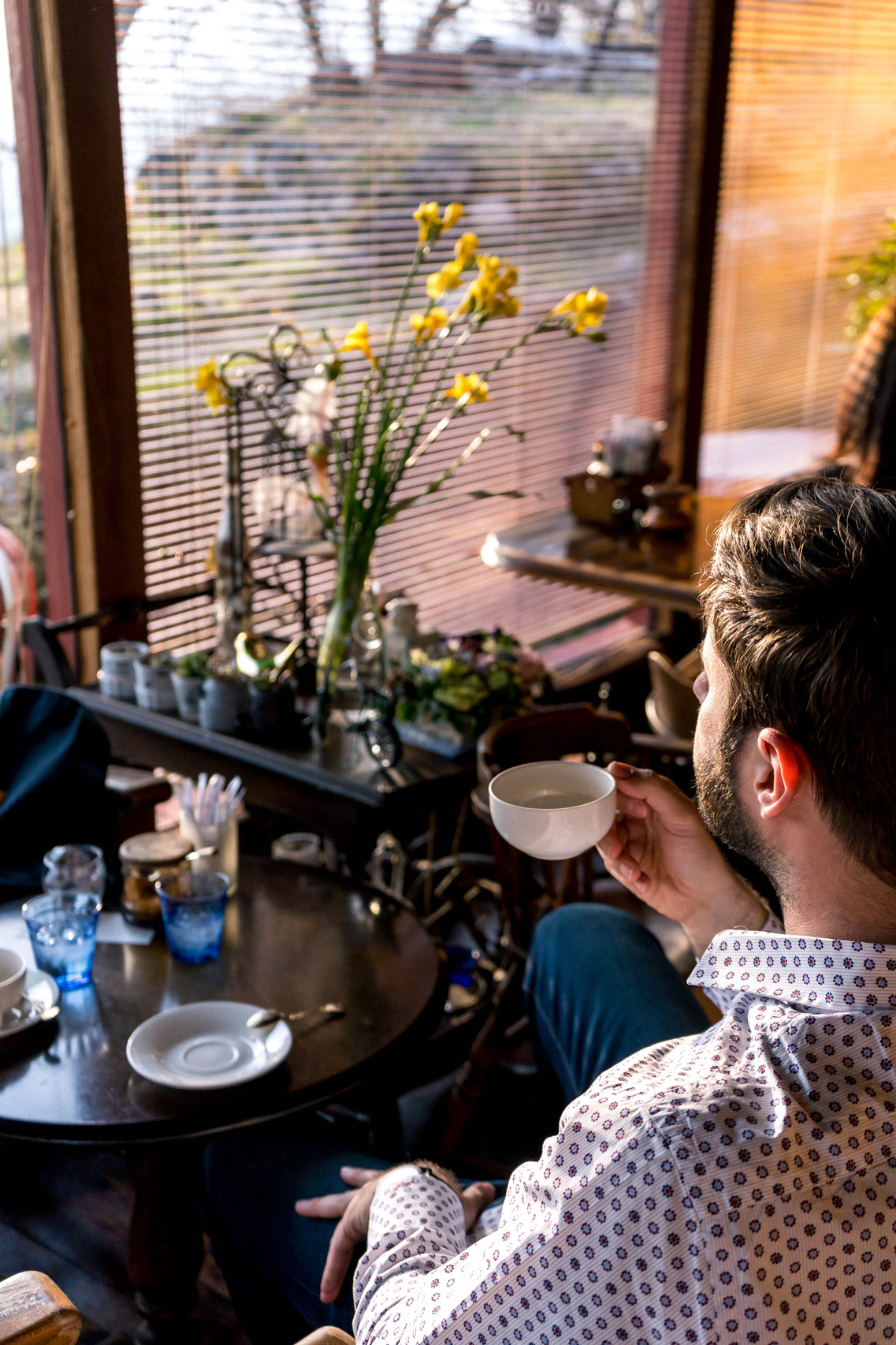

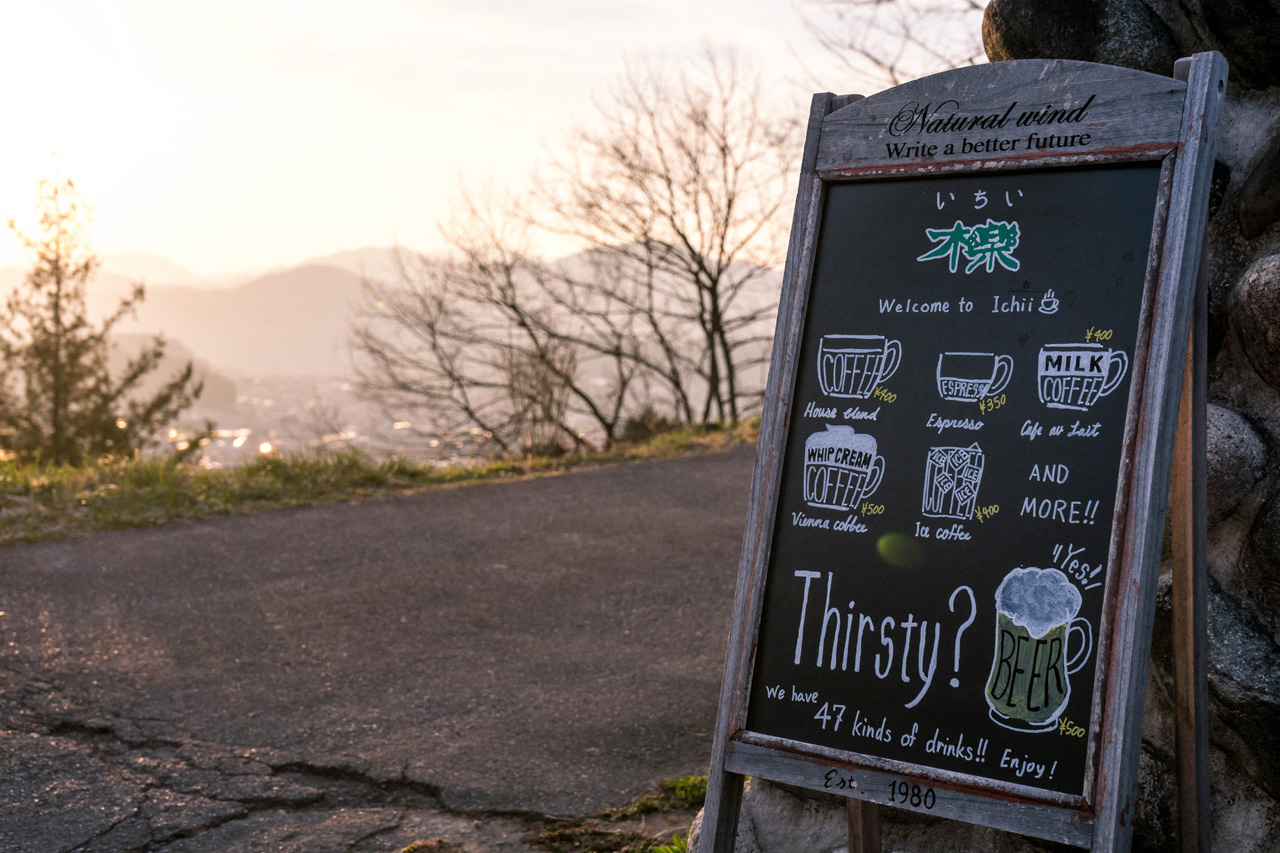

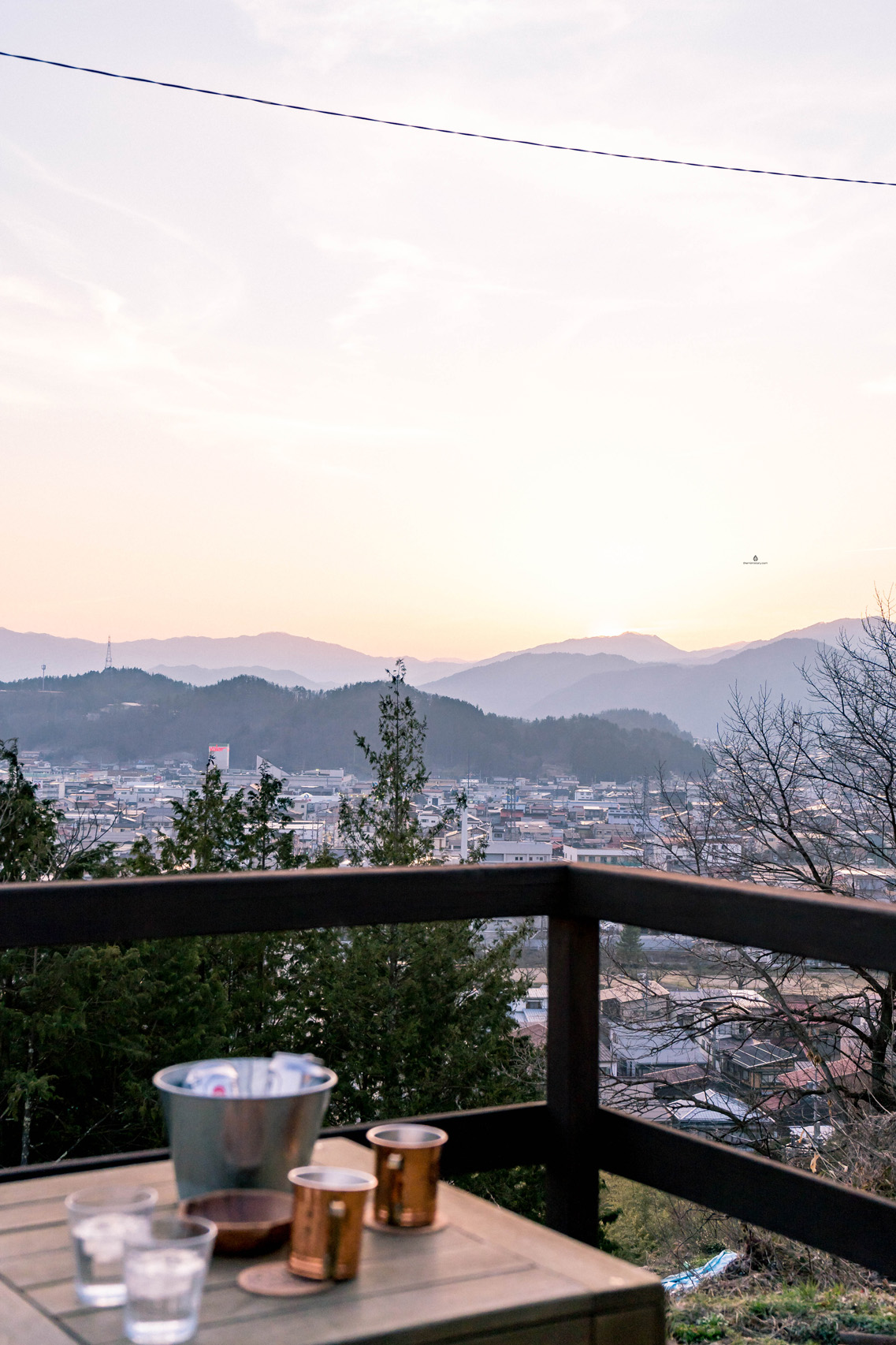
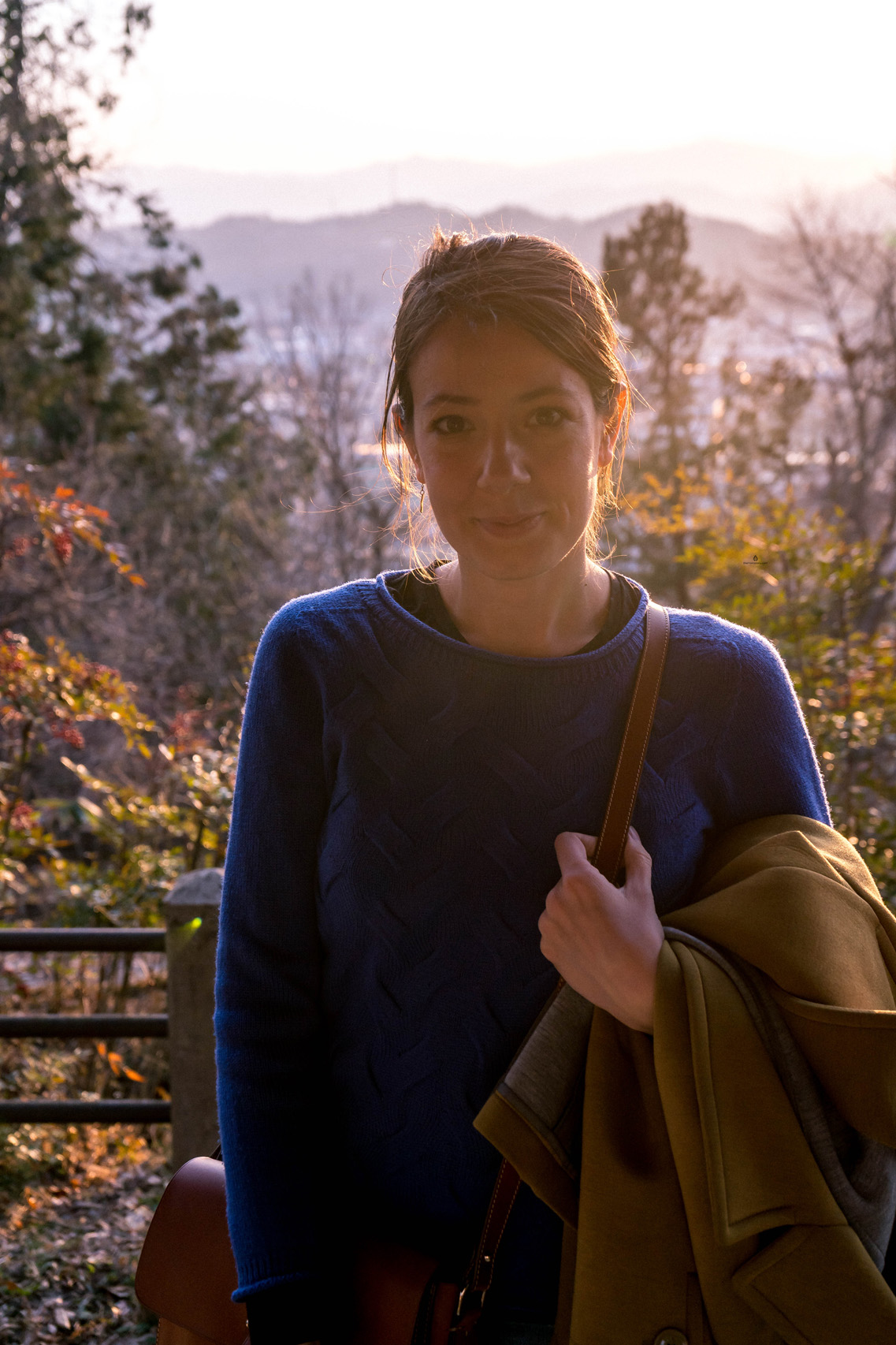



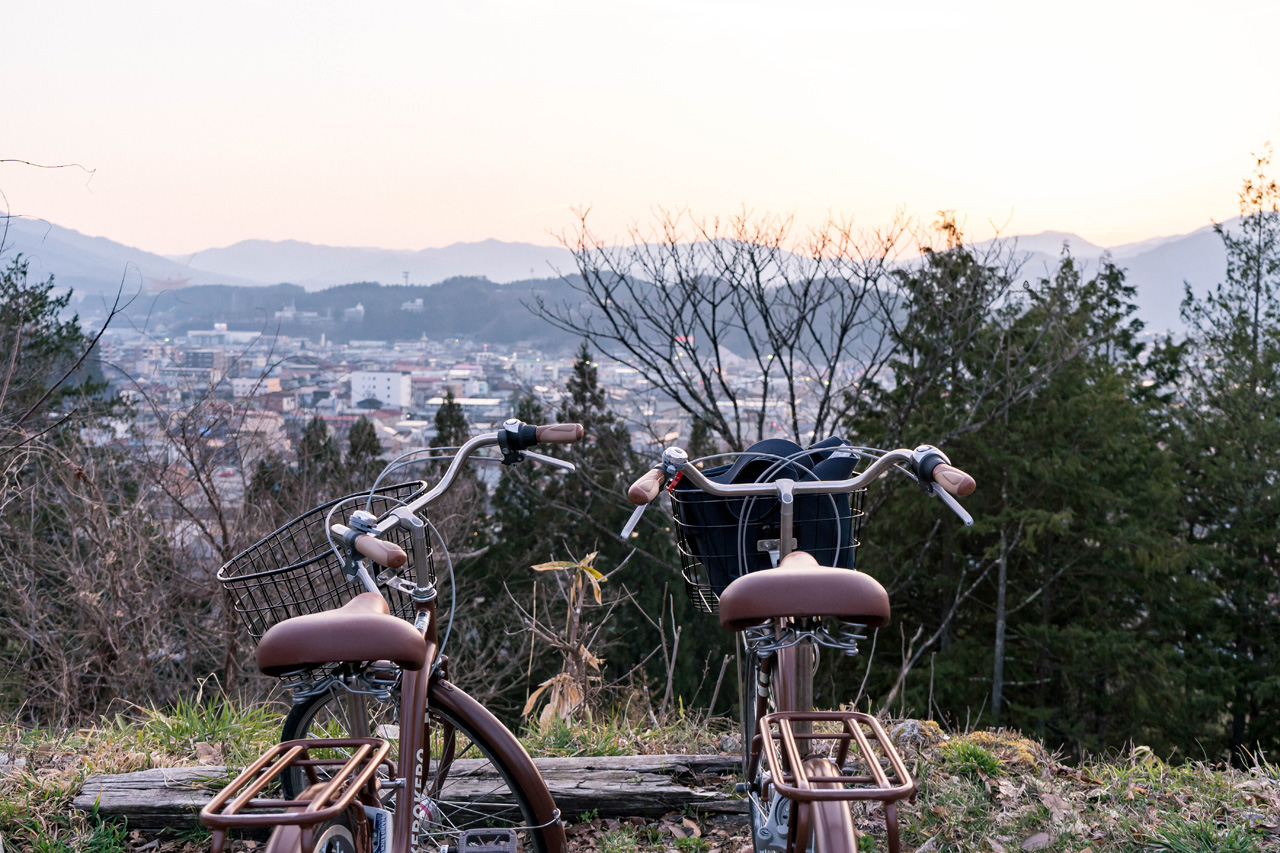
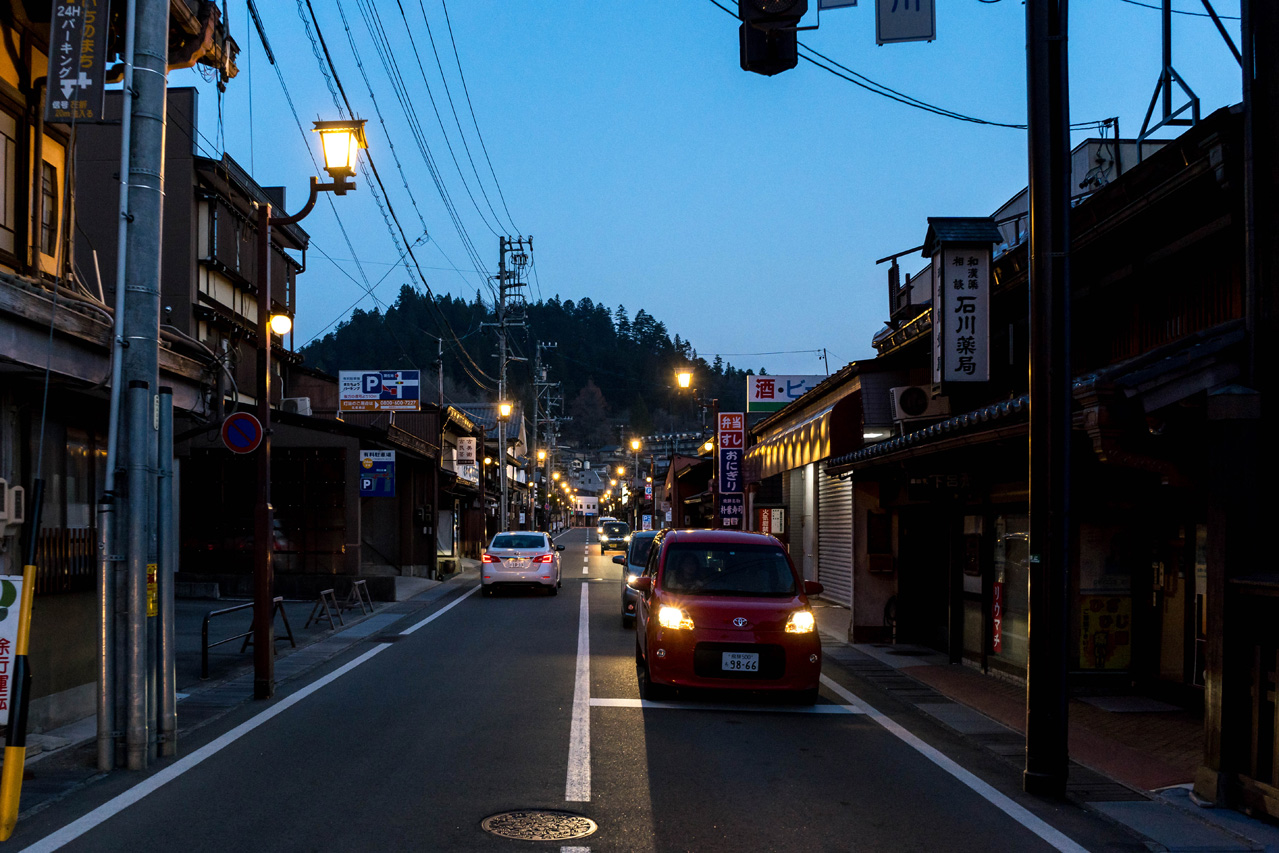


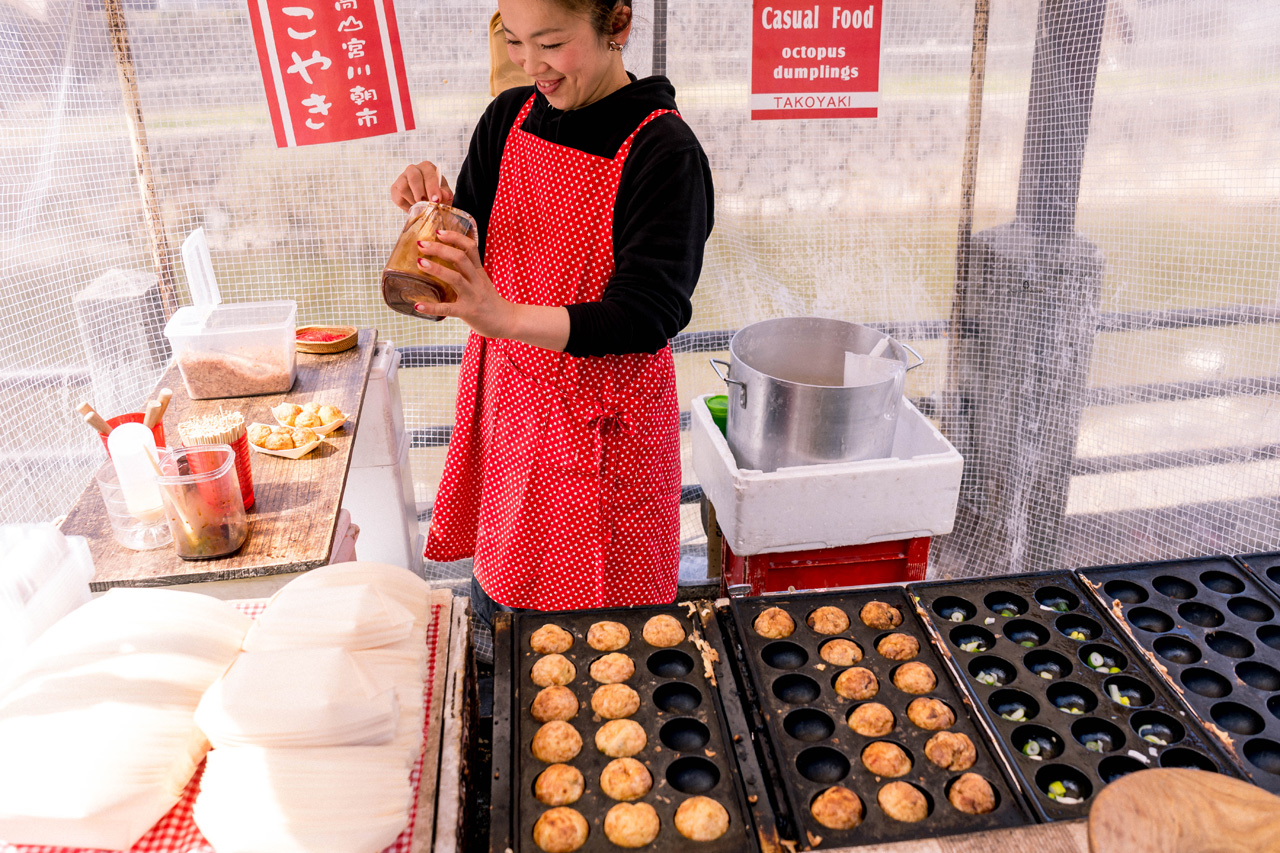
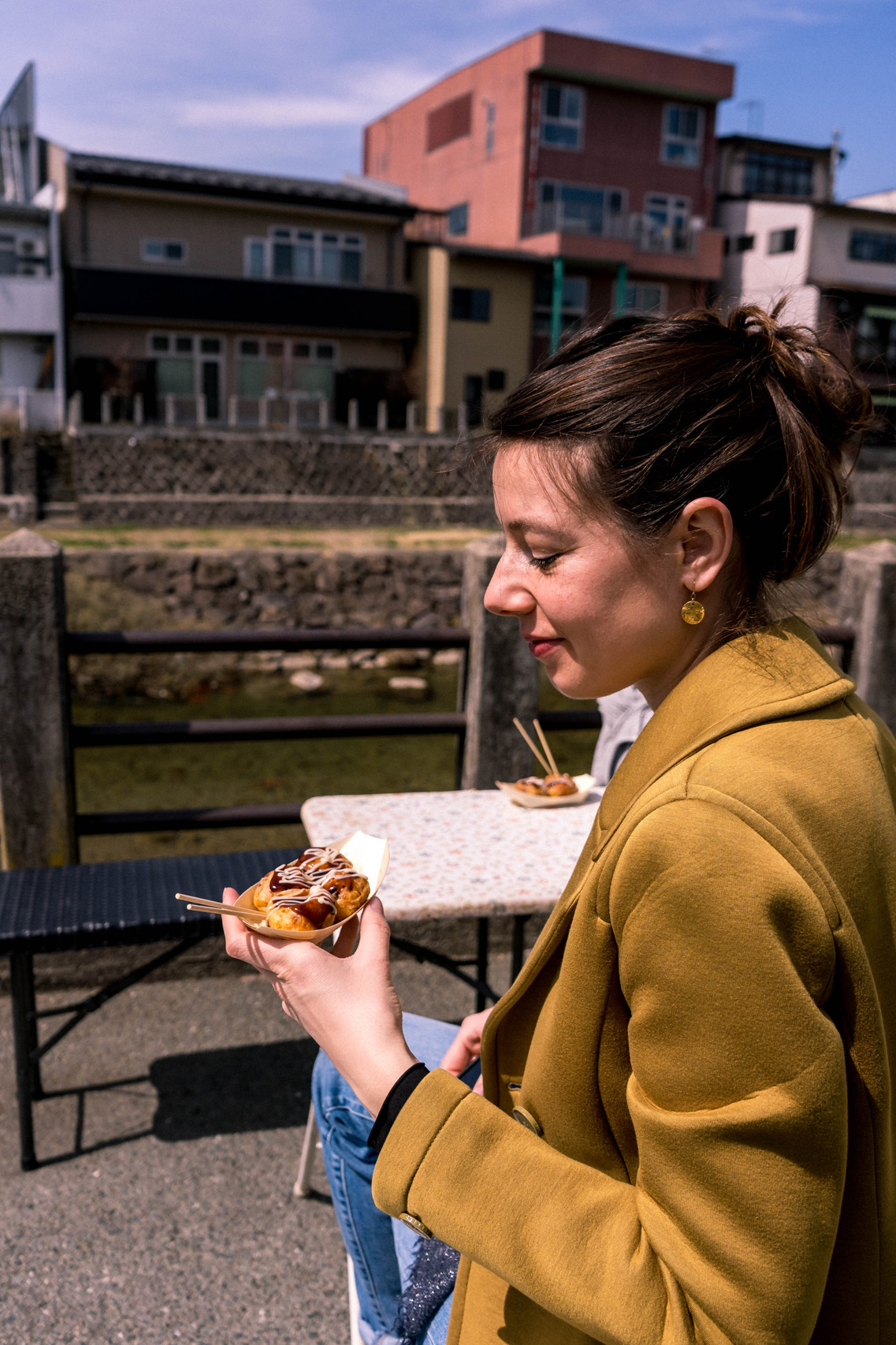

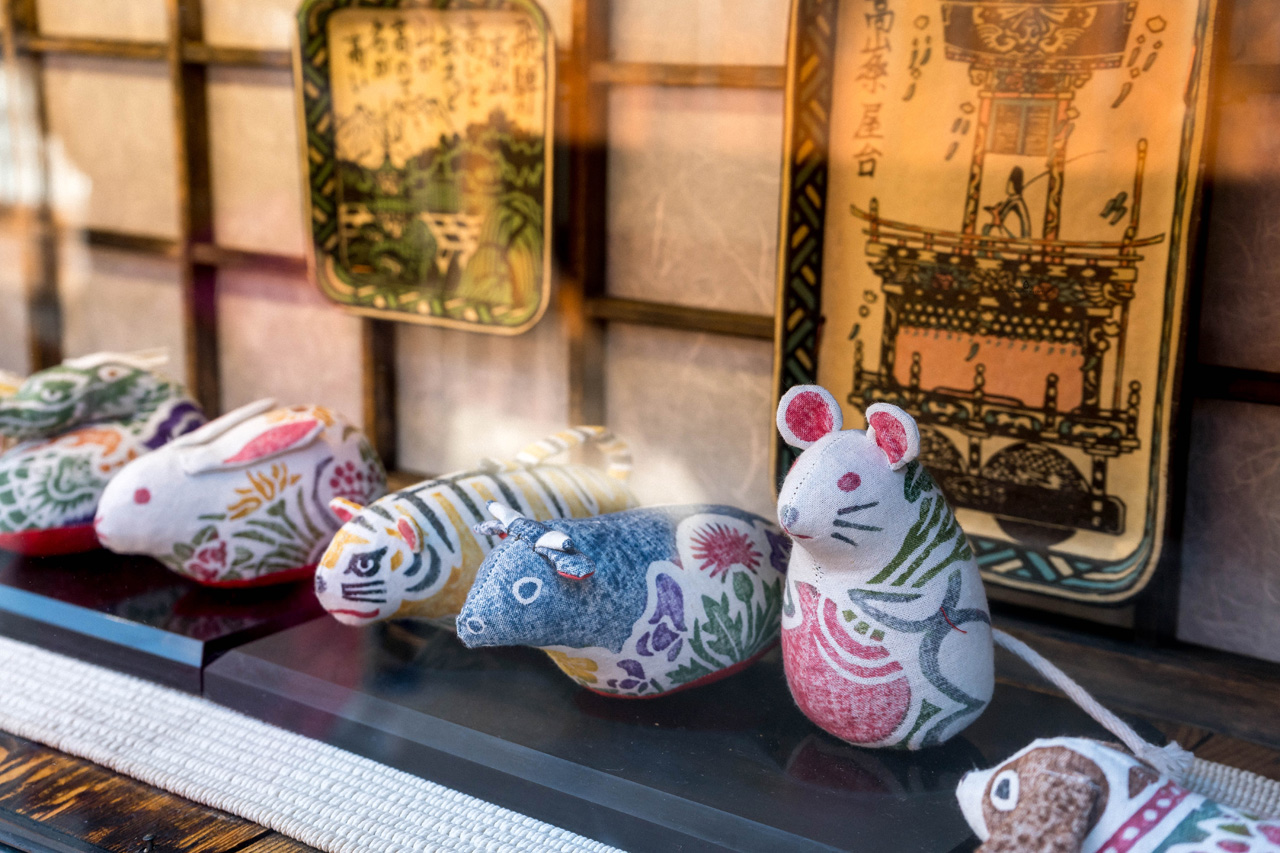
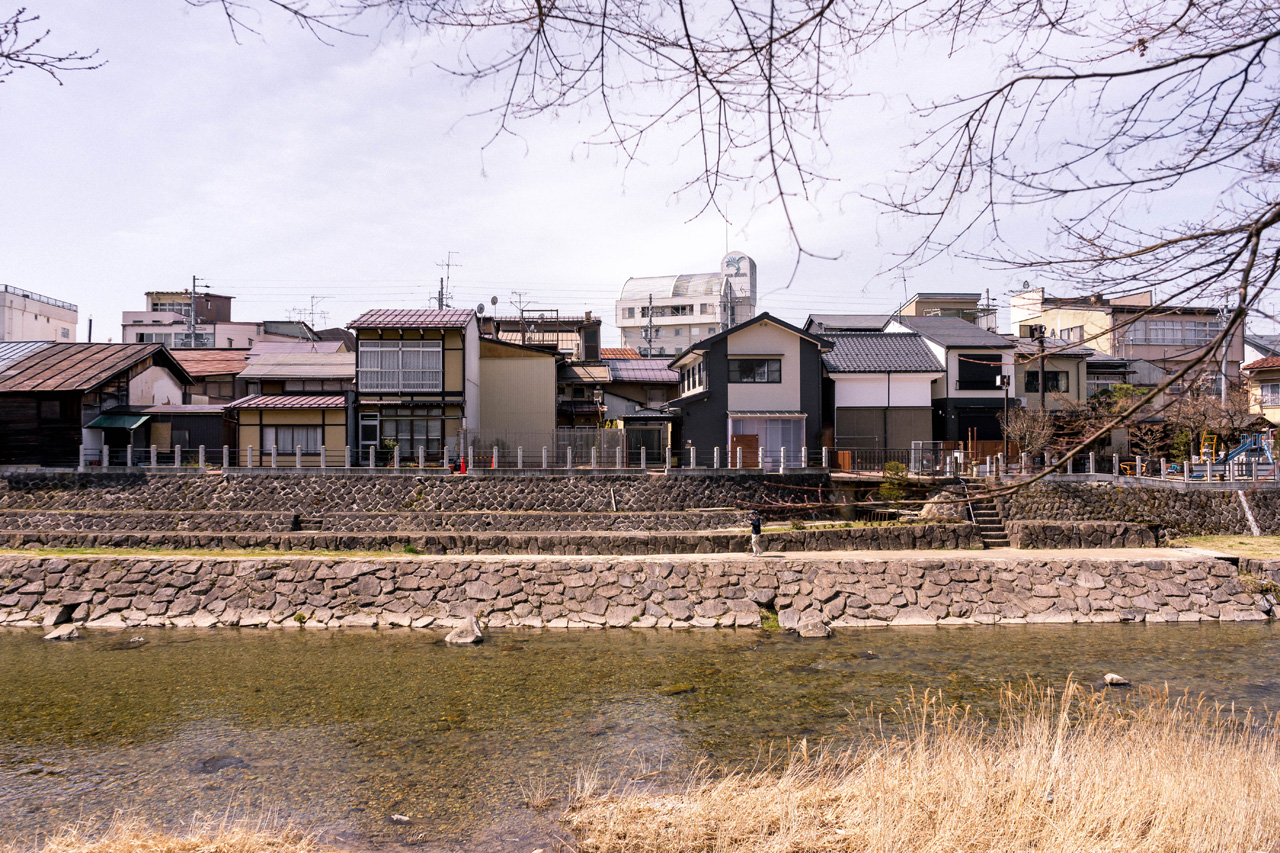

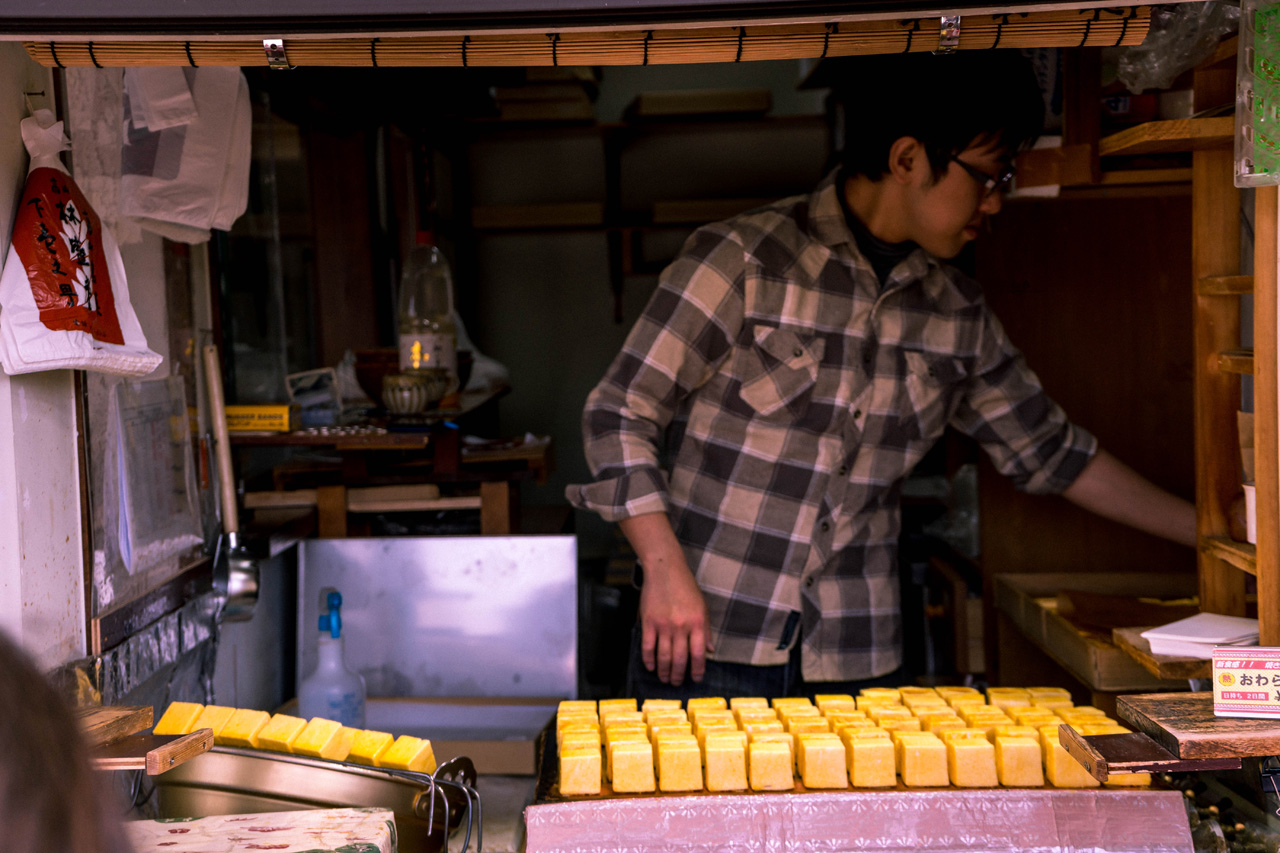
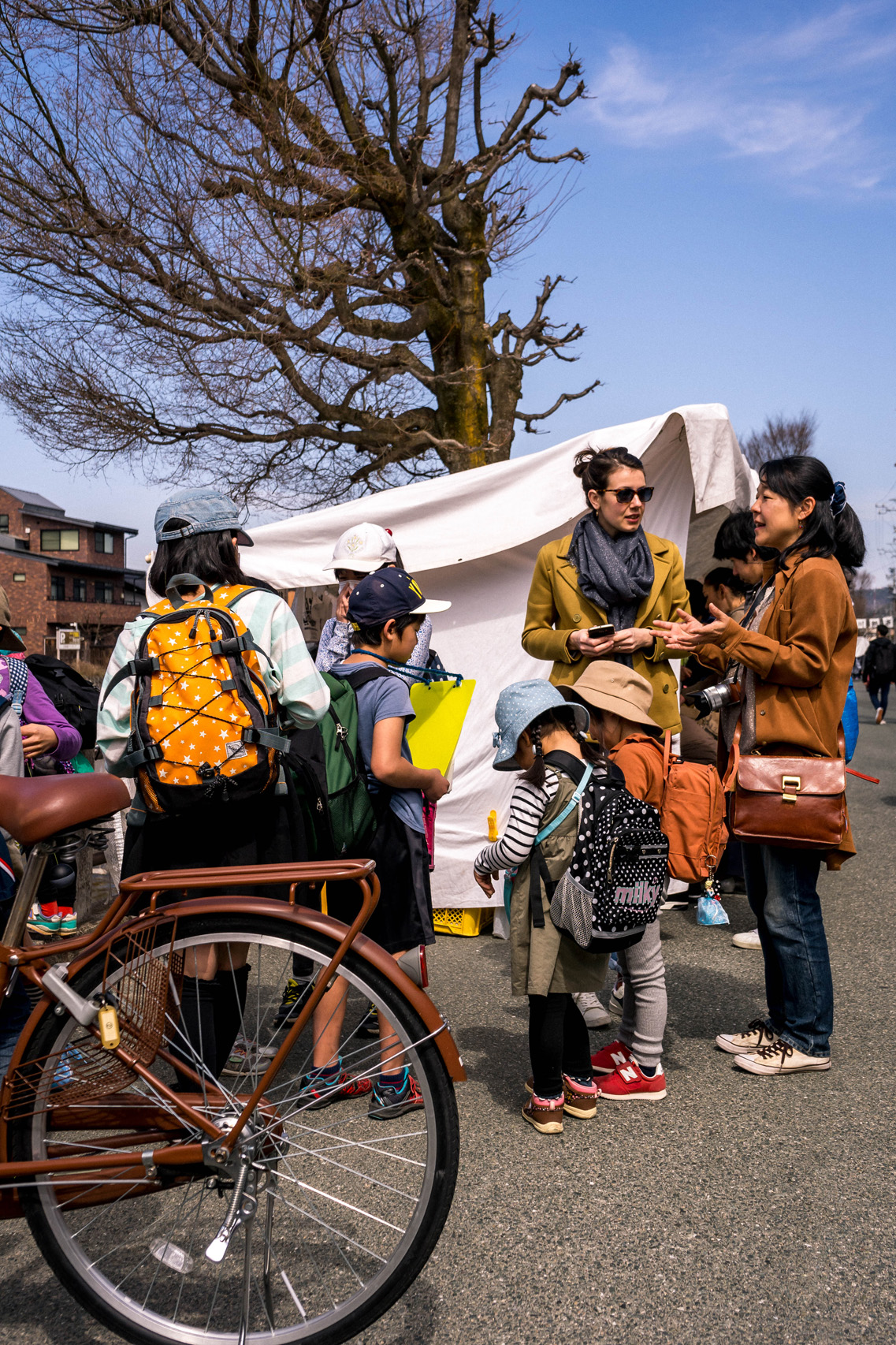
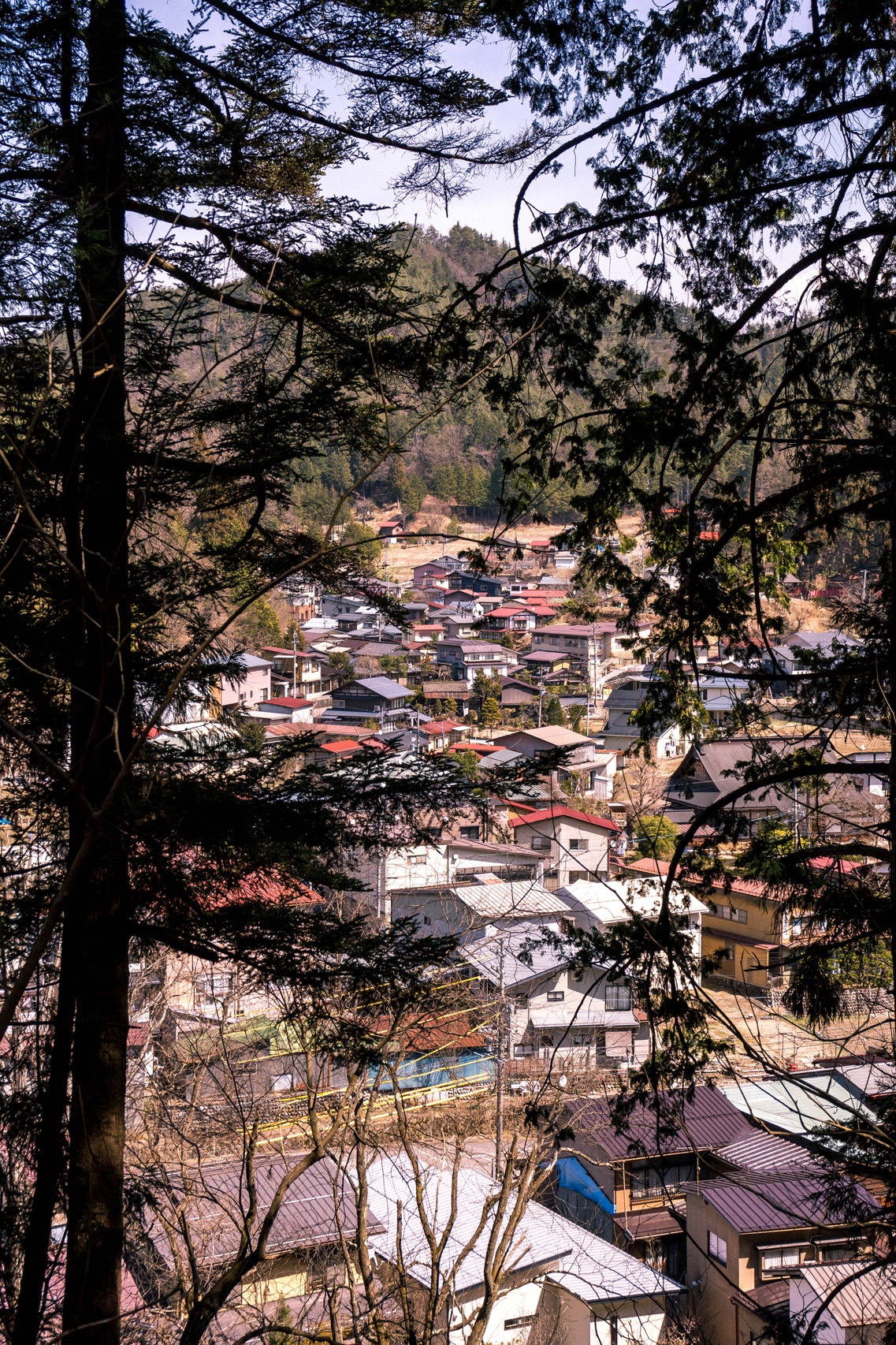


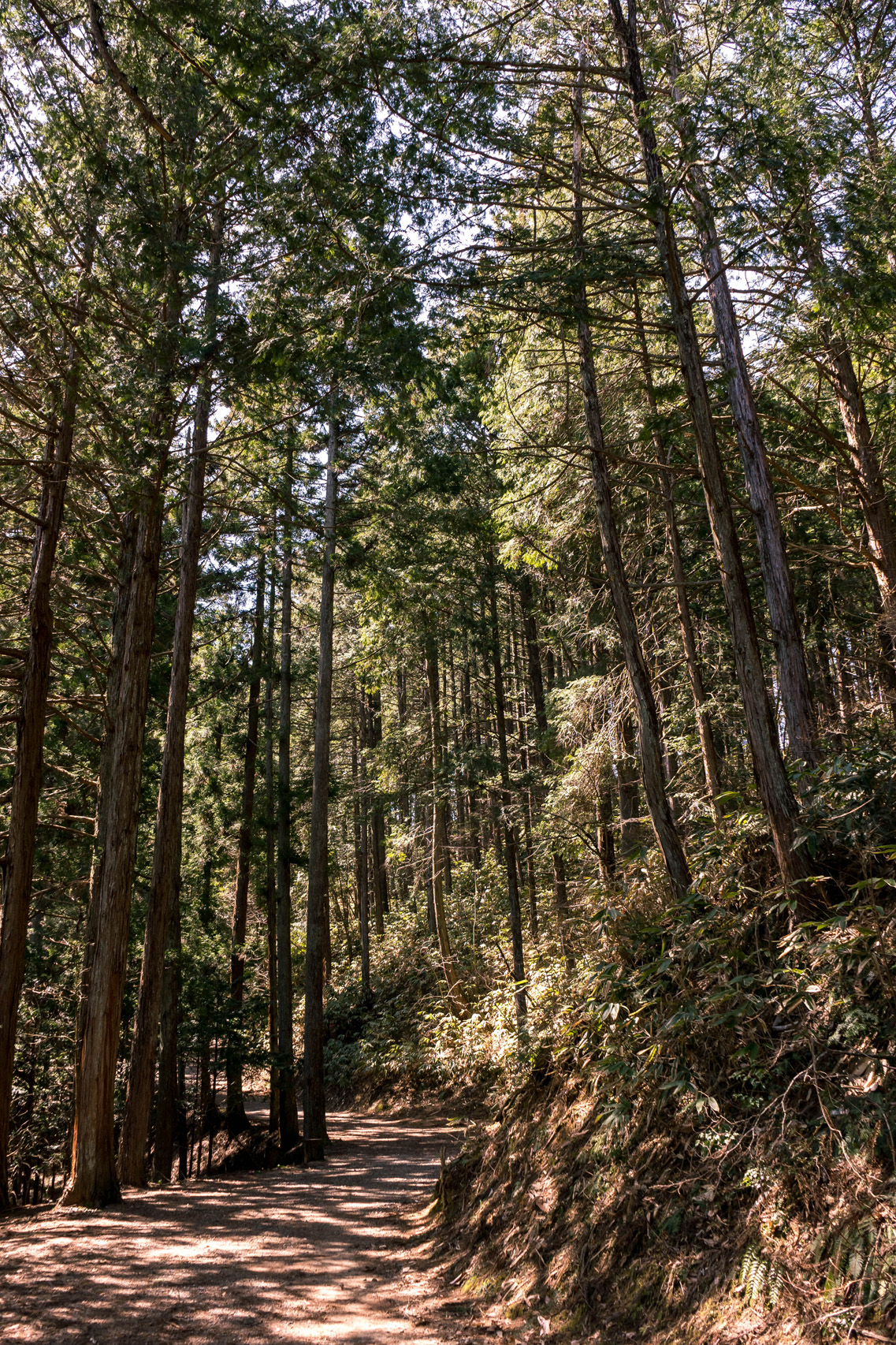
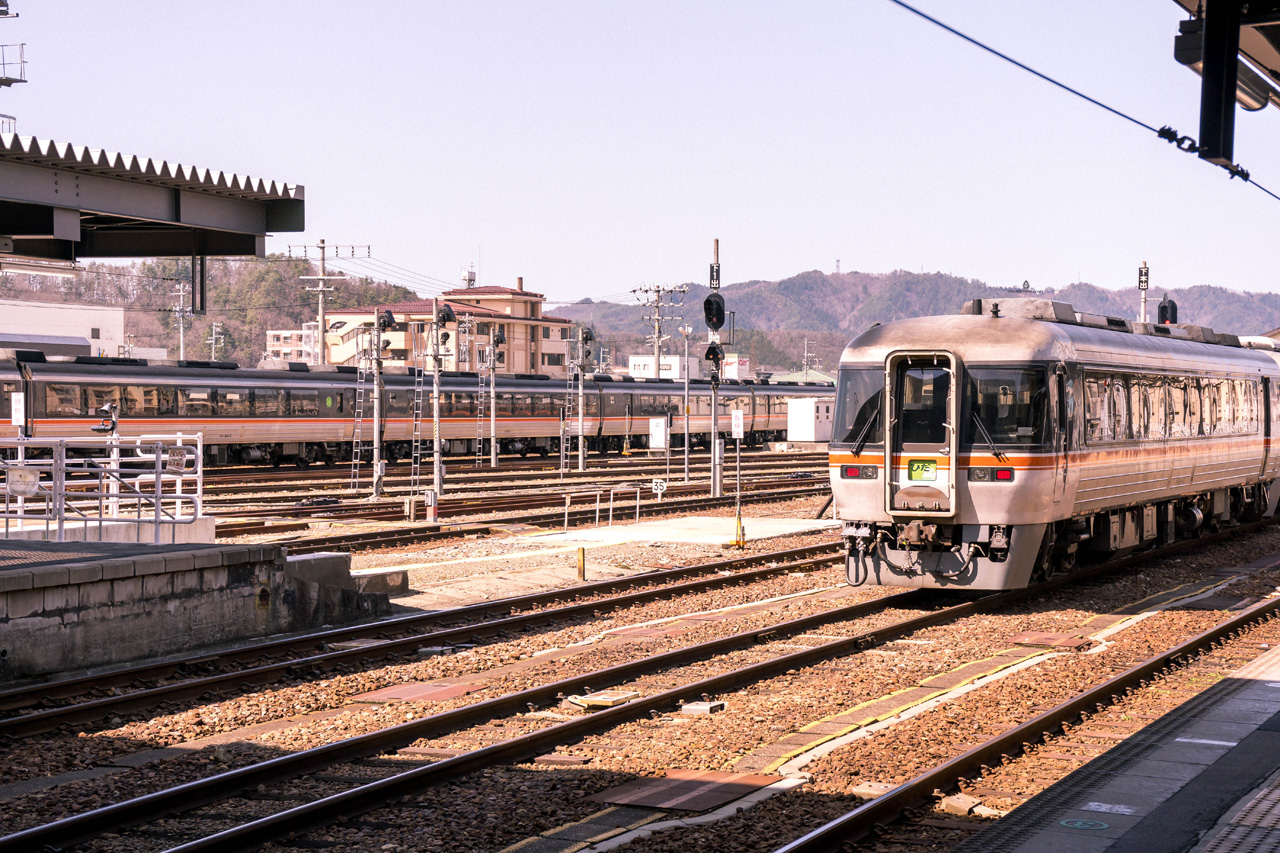

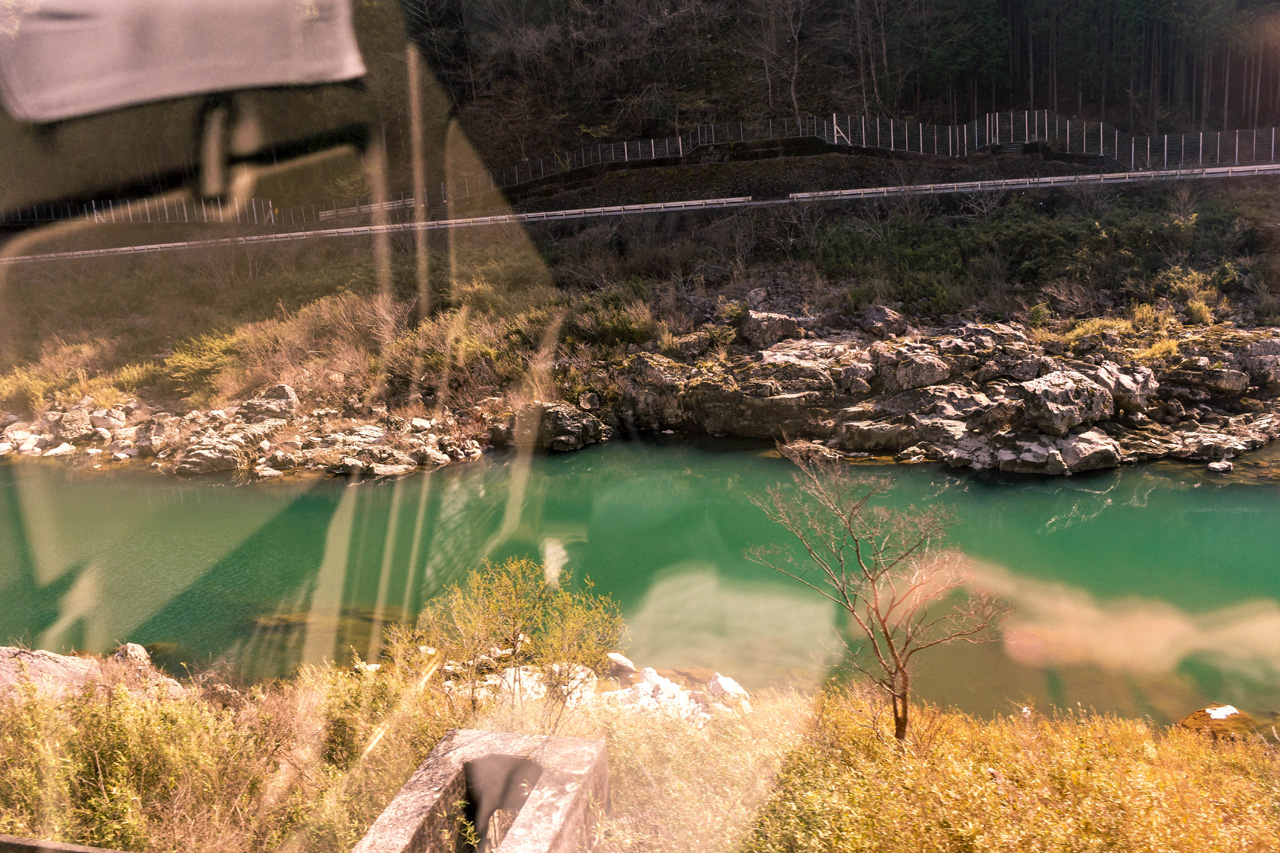

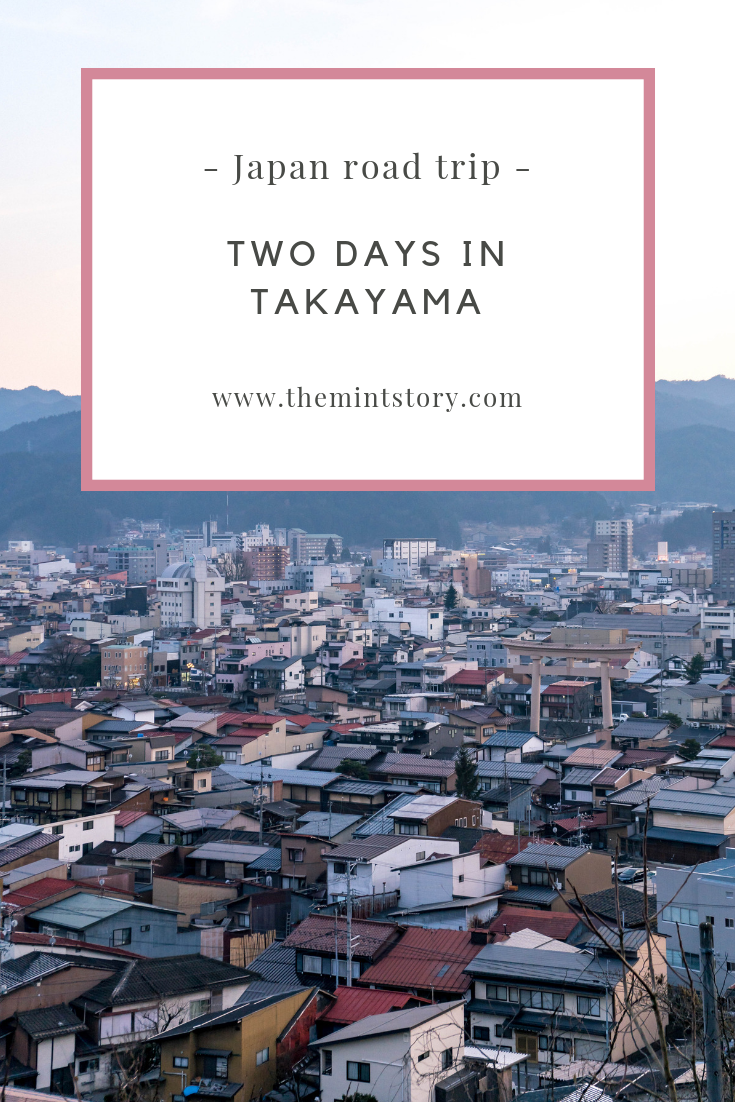


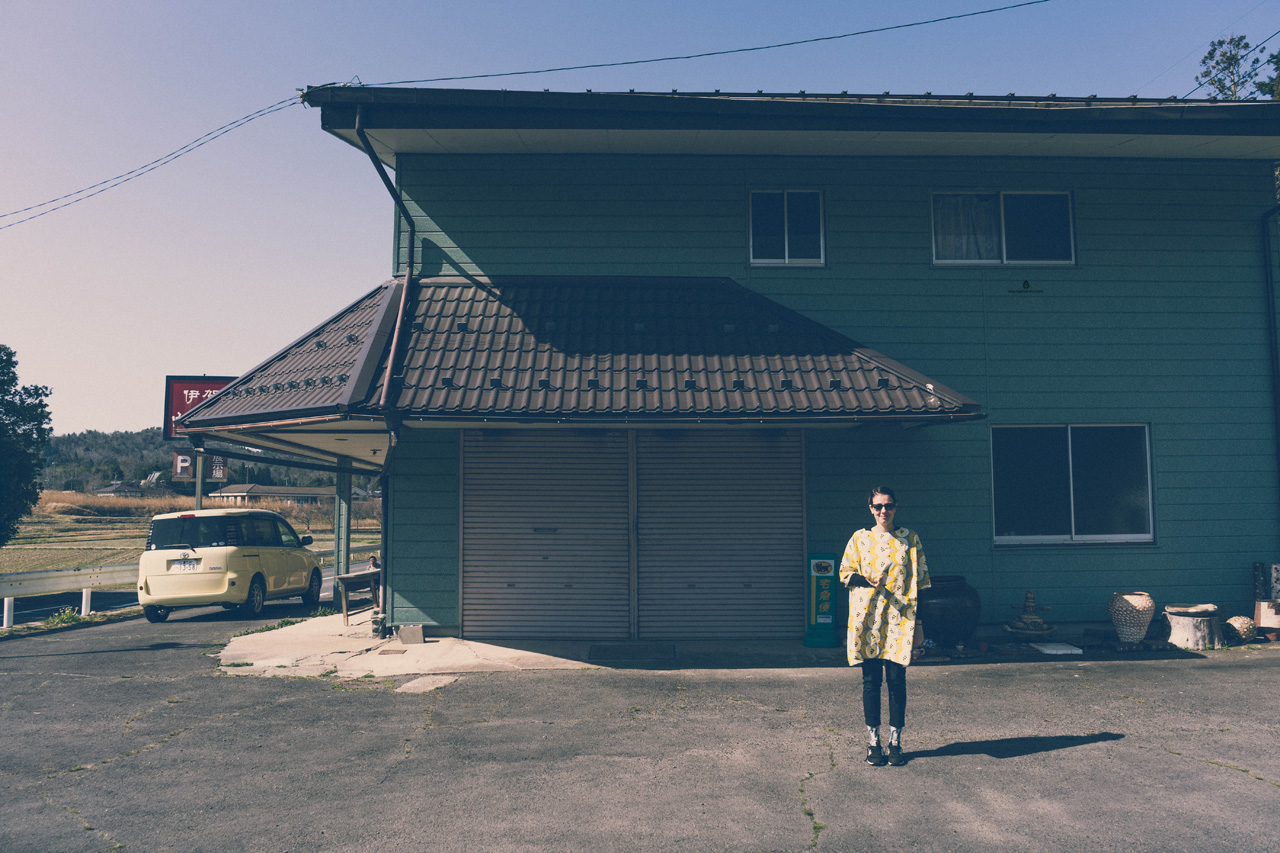
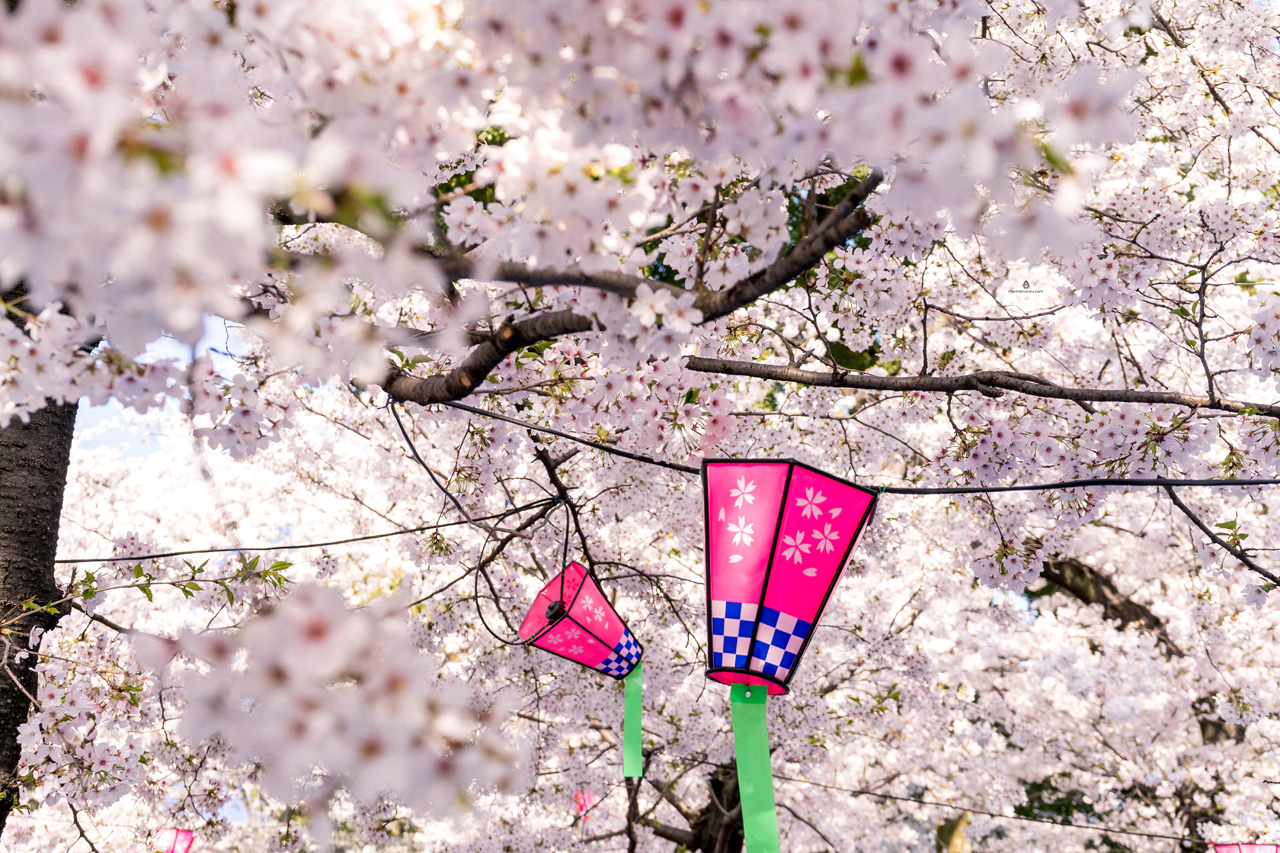




To brush off a bit of the last year’s ugliness, I decided to write another Last year’s favorites post, with the positive things from the last year.